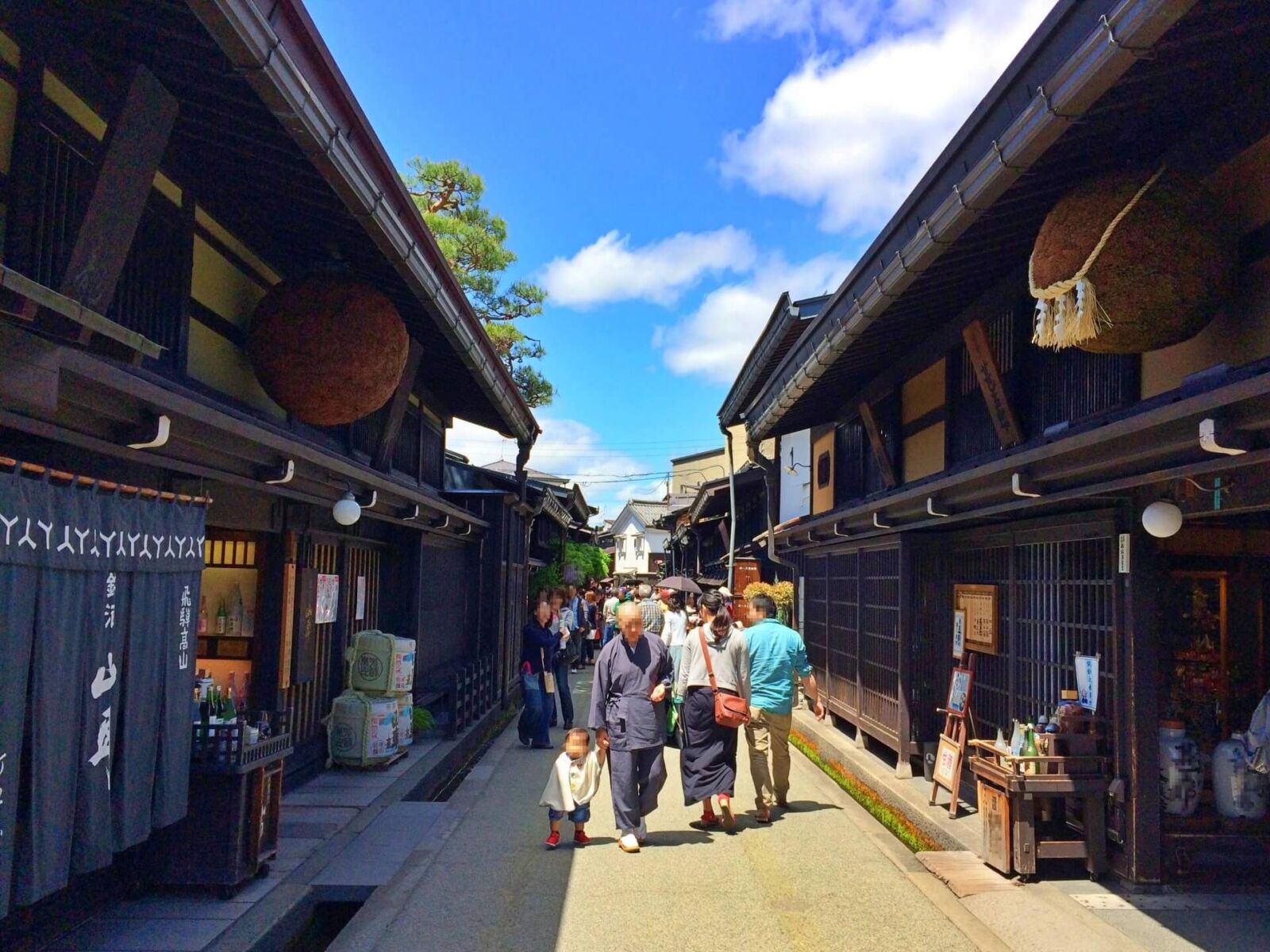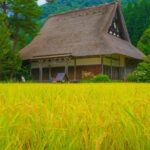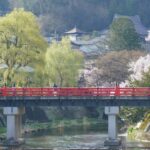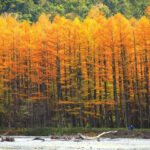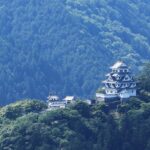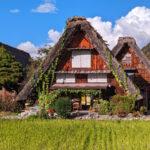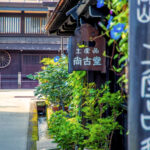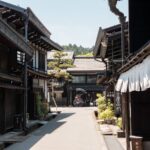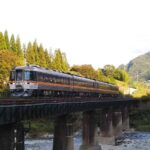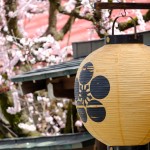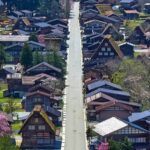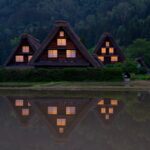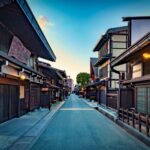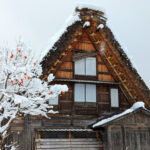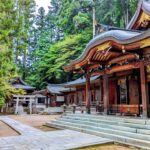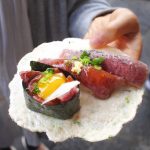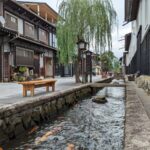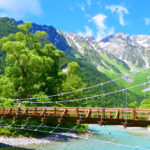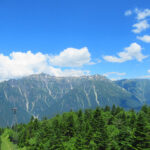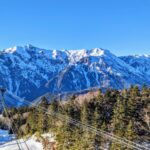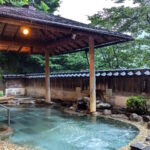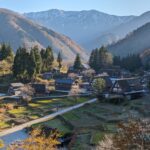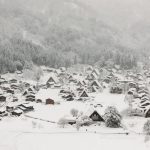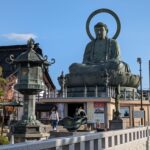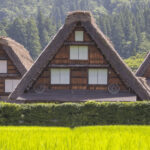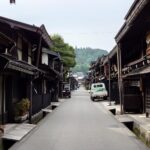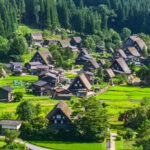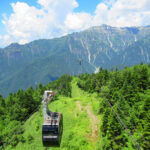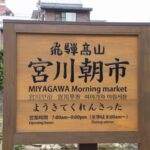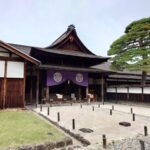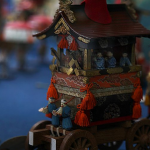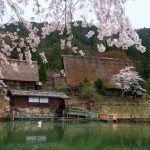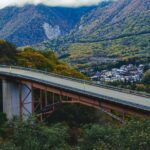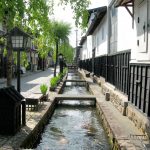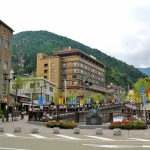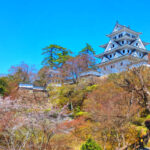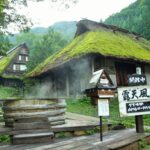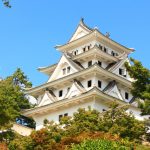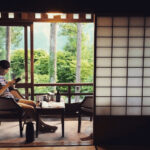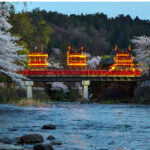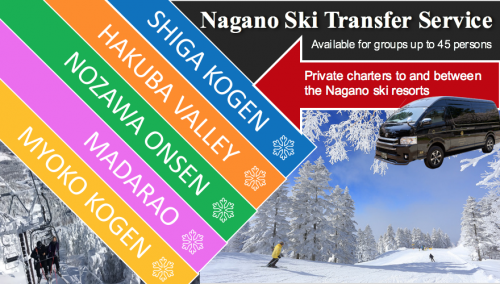15 Things to Do in Shirakawa-go & Where To Stay
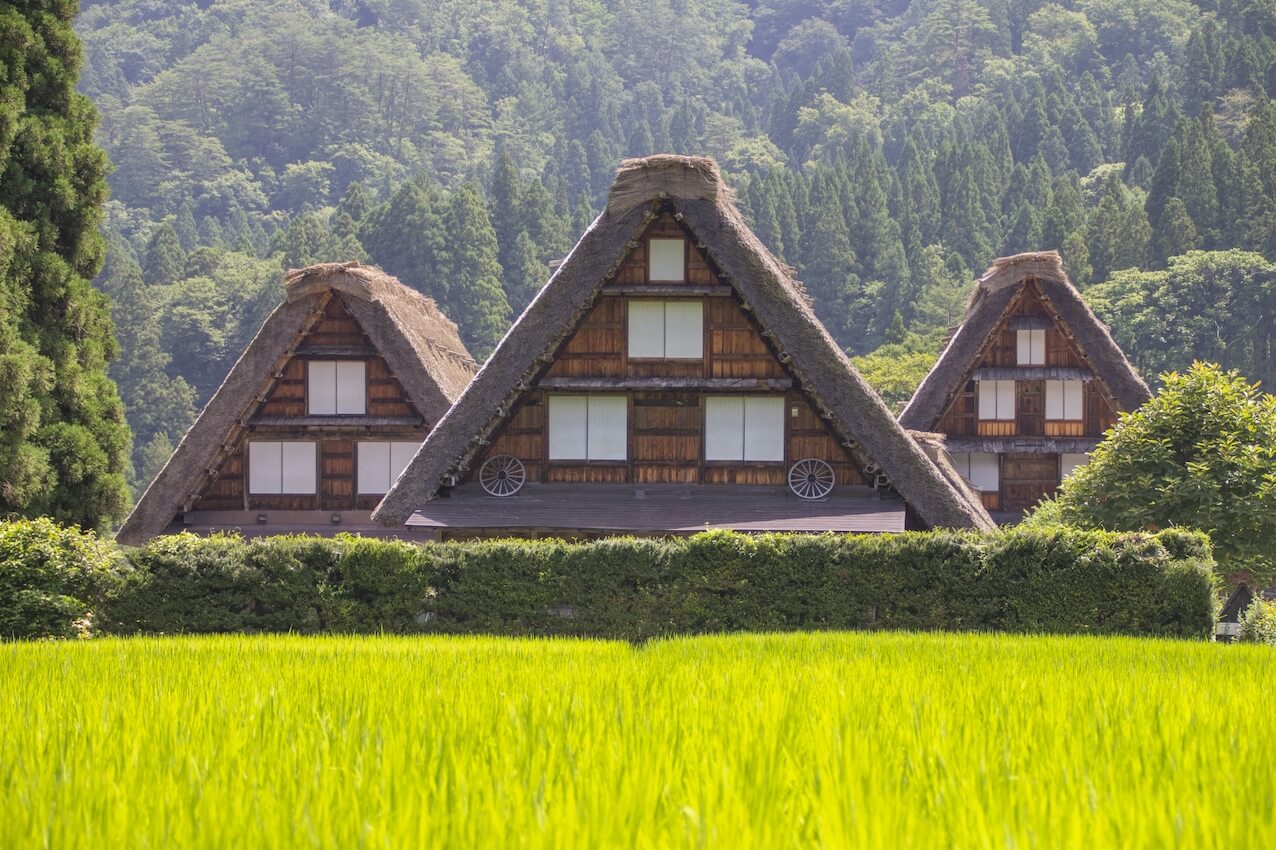
The villages making-up Shirakawa-go and Gokyama rank among some of the most popular destinations in Central Japan, which despite their relatively remote locations, are easy to get to from nearby Takayama, Toyama or Kanazawa. On this page you will find the following information:
— What to Expect & Why You Should Visit
— Best Things to Do & See in Shirakawa-go
— Best Tours and Itineraries in Takayama & Shirakawa-go
— Where to Stay When Visiting Shirakawa-go?
— Book With Us! Nagano’s No.1 Tour & Charter Operator
When visiting Shirakawa-go and Gokayama, it’s important to note that three villages are included under that grouping. Ogimachi is the largest of the three and is often referred to simply as ‘Shirakawa-go’ in its own right. It has the most to see, attracts the most visitors and is the easiest to get to however depending on what you’re after, heading to the smaller villages of Suganuma or Ainokura – together referred to as ‘Gokayama’ – might be better-suited – see below for details. If you do decide on Ogimachi, you won’t regret it. Allow at least 2 hours and preferably 3 to 4 hours to explore the village. Time enough to wander at a leisurely pace, have a meal and take plenty of photographs and consider combining your visit with other destinations including Takayama, Kamikochi, Toyama or Kanazawa – see below for details.
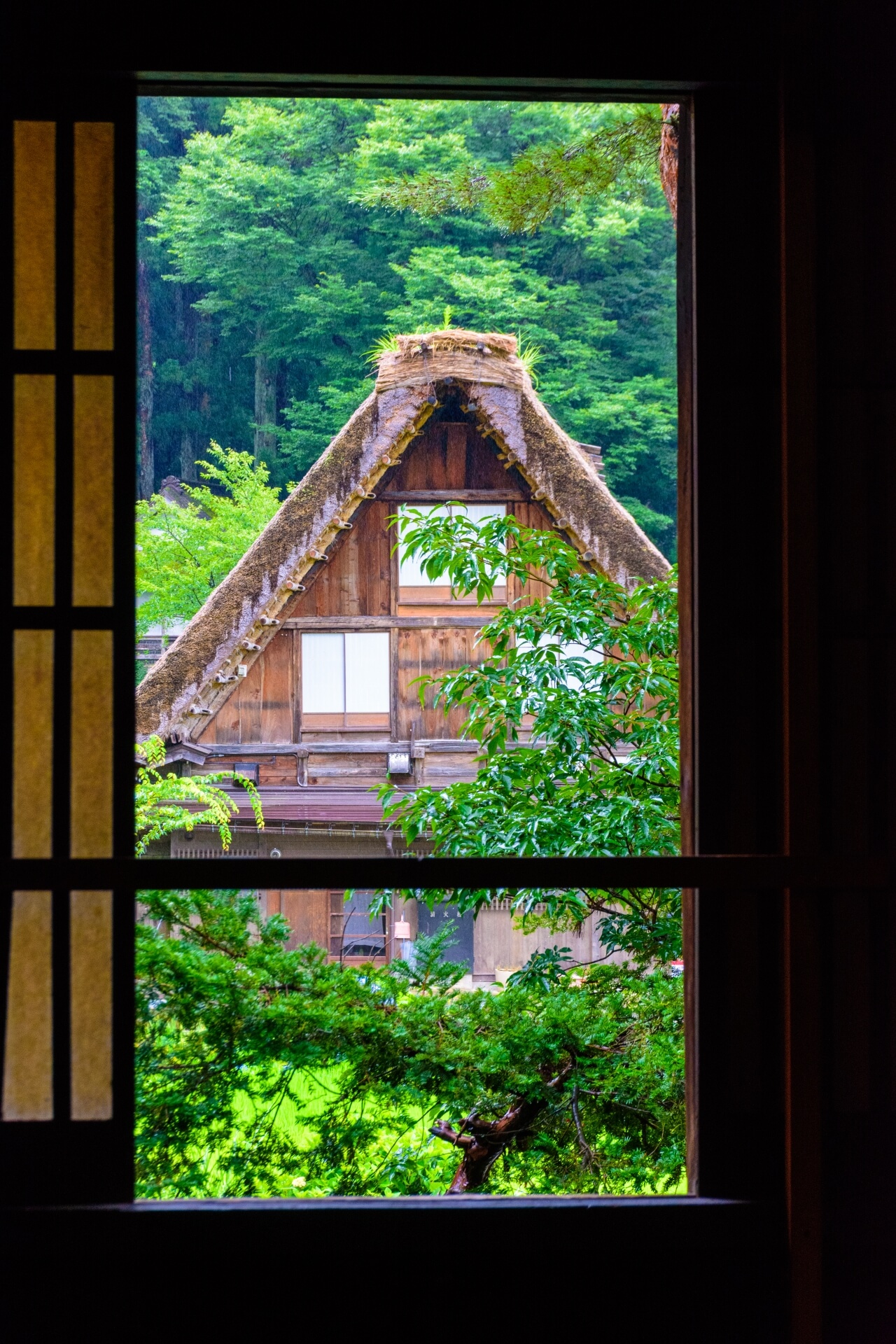

Based in Nagano and operating all year round, we are the region’s No.1 tour and charter operator. We can arrange transport and tours to any destinations in the region, and as a registered travel agent, we can package transport, accommodation and more together so you save and get the most out of your time in Central Japan – scroll to the bottom for details.
WHERE IS SHIRAKAWA-GO?
Shirakawa-go and Gokayama – often referred to just as ‘Shirakawa-go’ – is the collective name of a grouping of villages afforded World Heritage status in 1995. There villages – Ogimachi, Suganuma and Ainokura – make-up the grouping with Ogimachi being the largest and main village. Located high in the North Alps, Ogimachi lies 75KM / 70-minutes drive to the south-east of Kanazawa, 85KM / 80-minutes drive to the south-west of Toyama, and 50KM / 50-minutes drive to west of Takayama. As such, most visitors heading to Shirakawa-go do so from Kanazawa Station, Toyama Station or Takayama Station where bus services run to the villages. Lying close to the historic old town of Takayama, many visitors combine their visit to the two famous destinations with the option of also heading further into Central Japan and onto Kamikochi, Matsumoto and Nagano. Of course, the journey is just to make in the opposite direction as you navigate your way through the mountainous heart of Japan.
WHAT TO EXPECT & WHY YOU SHOULD VISIT
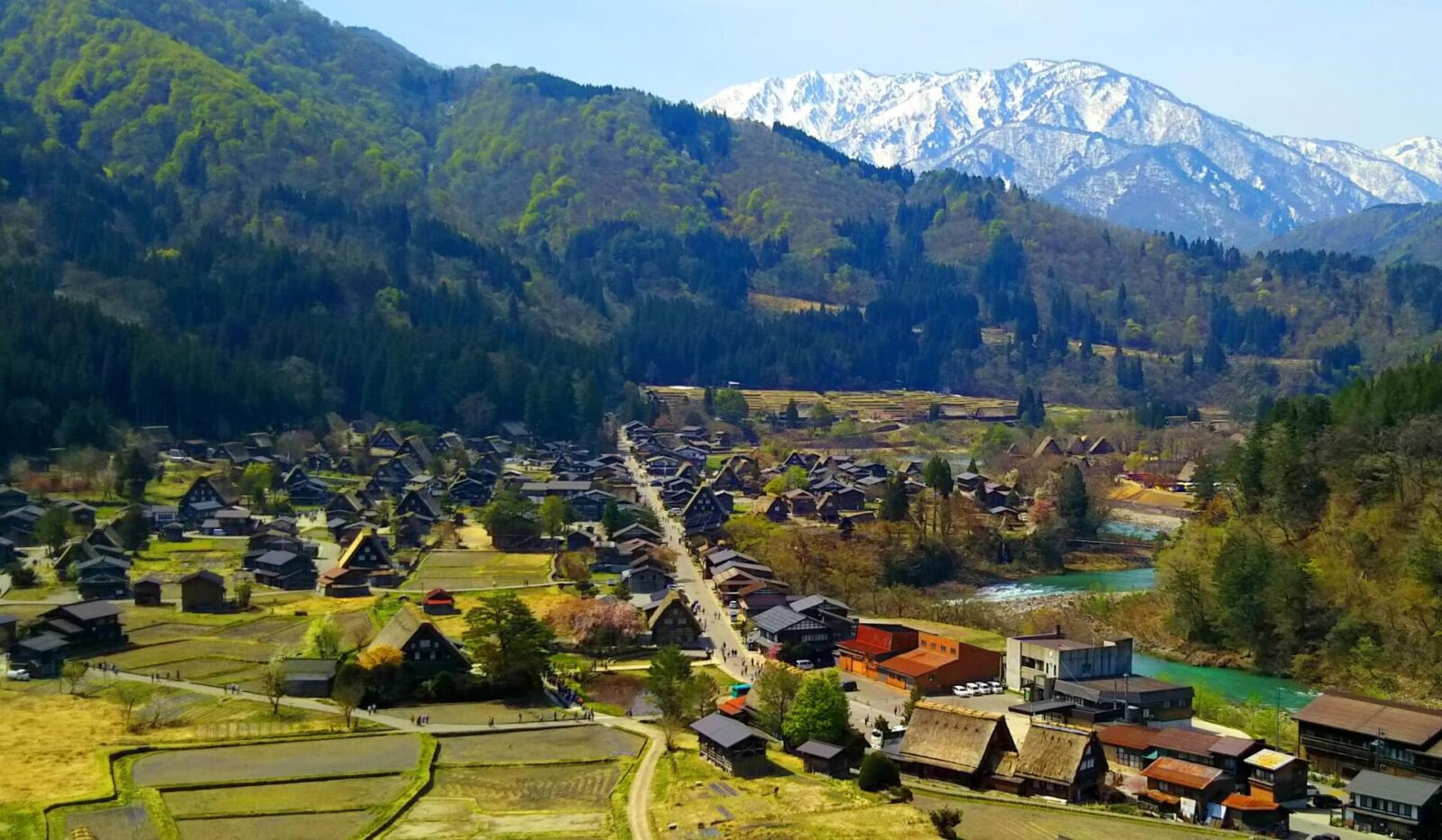
As mentioned above, Shirakawa-go and Gokayama is a World Heritage-listed grouping of three villages – Ogimachi, Suganuma and Ainokura – best-known for their distinctive ‘gassho-zukuri’ farmhouses. Designed to withstand deep snow, the high-pitch of the thatch roofs also provided a large living and working space within each building, allowing families to be self-sufficient through winter. Though the design is a functional one, the farmhouses are also beautiful and set high in the North Alps, combine to offer visitors some of Japan’s most spectacular alpine villages and vistas.
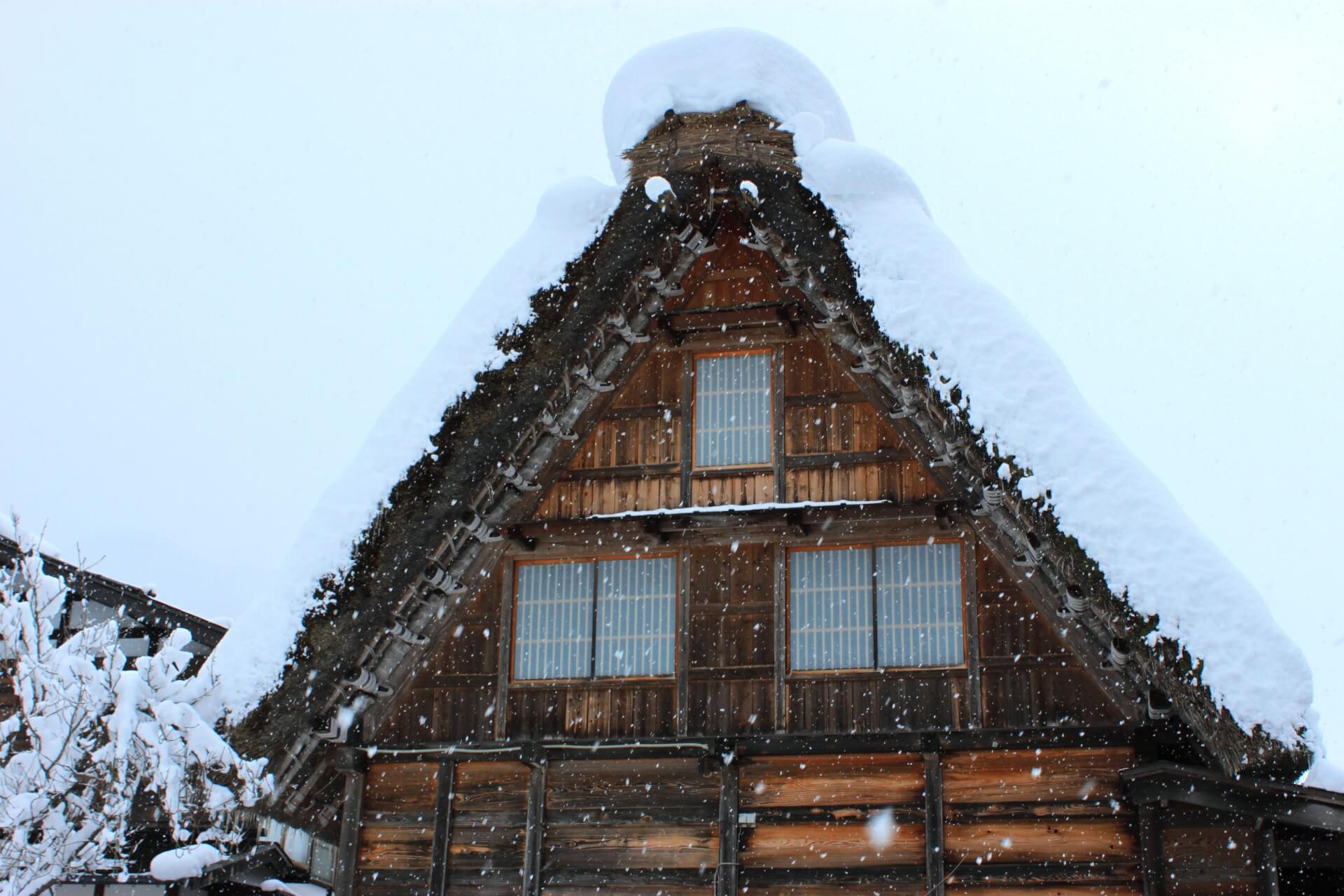
Given the World Heritage status of the villages, thousands of visitors descend upon them each day. Most head to Ogimachi leaving the smaller villages of Suganuma and Ainokura quiet and free of crowds. The villages can be visited at any time of year with each season offering its own reason to visit. Autumn is a particularly beautiful time as the landscape is transformed into a mosaic colour and the first dusting of snow falls on the mountains above. Admission to the villages is free however if you are driving yourself you will have to pay for parking – typically between JPY500 to JPY1,000. Ogimachi is the busiest of the villages with large tours descending upon it each day. While the crowds are something to be aware of, it shouldn’t put you off as most visitors stay around the central area and main street. Walking even 5-minutes away from that area should have you strolling past farmhouses with few people around. If you really want to avoid the crowds, consider heading to Suganuma or the larger village of Ainokura.
BEST THINGS TO DO & SEE IN SHIRAKAWA-GO
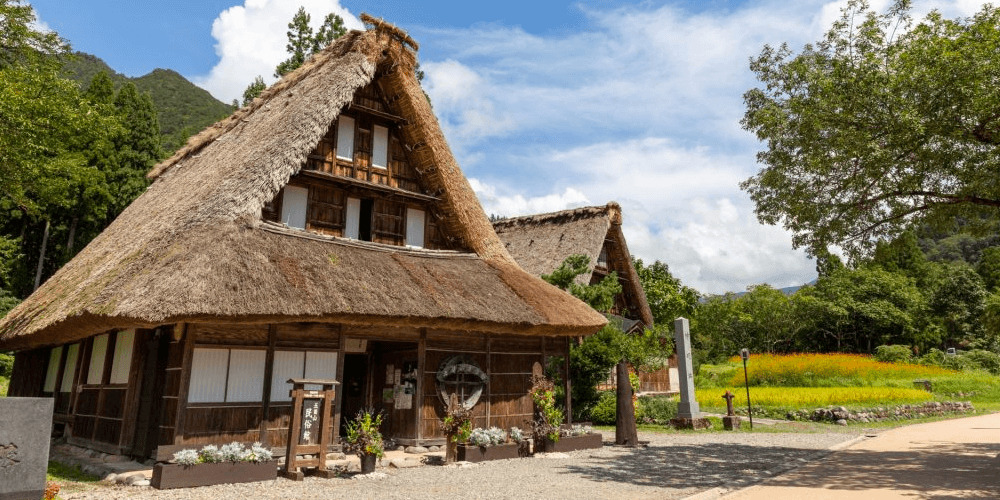
For many if not most Japanese, the word ‘satoyama’ conjures imagery of idyllic rural villages and a slower, healthier way of life in which people live in harmony with their environment. Literally translating as ‘mountain village’, satoyama has no better demonstration than in the villages making-up Shirakawa-go and Gokayama. Awarded World Heritage status for just that reason – as examples of human ingenuity and the ability of man to live in harmony with our environment – the villages are hugely popular destinations that can be enjoyed as day-trips from Takayama, Toyama or Kanazawa or overnight visits by staying in one of the farmhouses. This is a destination where you take your time, wander with camera in hand and breathe-in a very different side of Japan – one that is a world away from the hassle and hum of its great cities. Here’s some of things on offer once there:
1 / EXPLORE OGIMACHI (SHIRAKAWA-GO) / all year round
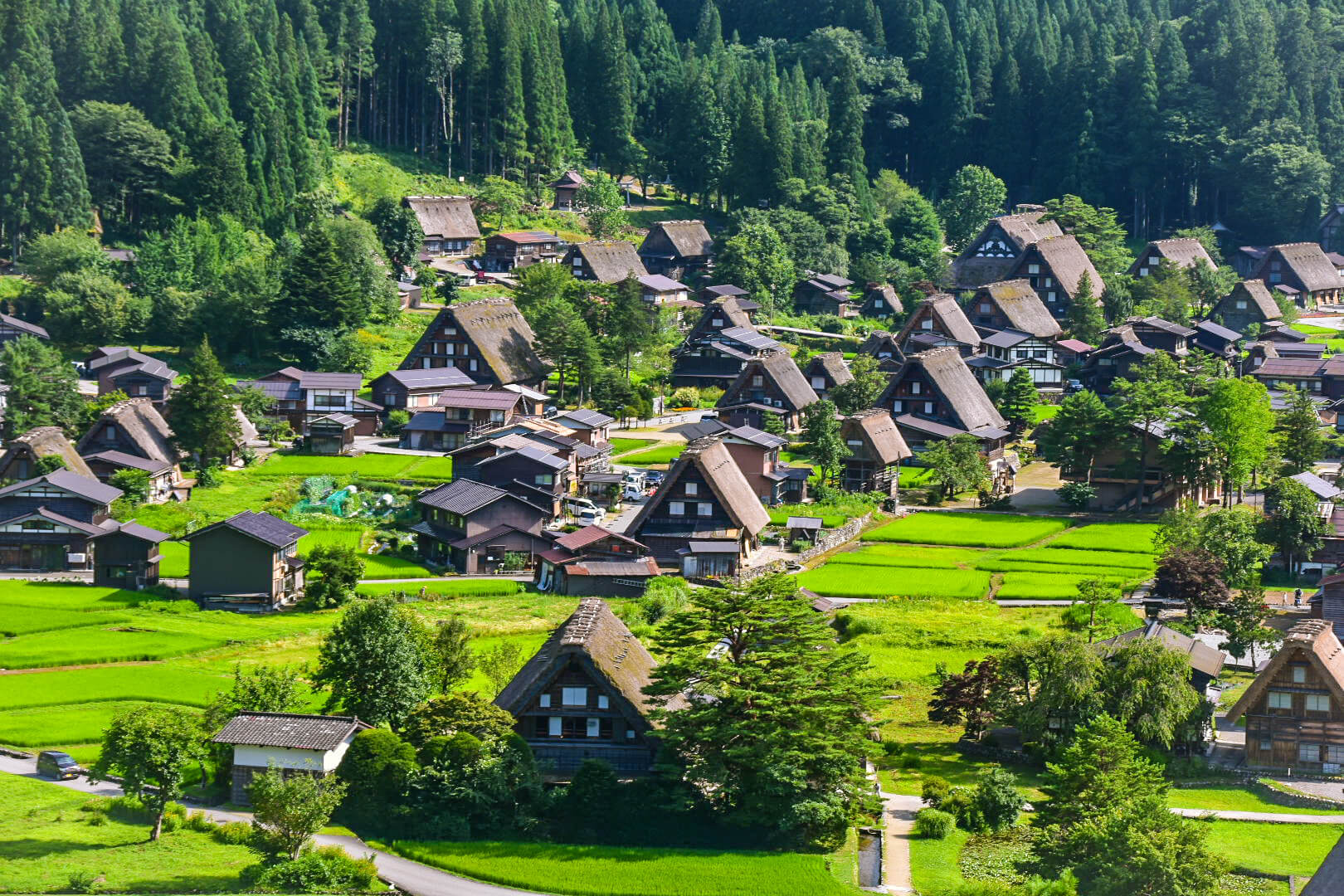
By far the largest of the three villages, Ogimachi is spread over a considerable area with many farmhouses and extensive rice fields. Ogimachi sits around 2,200 meters above sea level in a beautiful alpine valley with mountains rising further above. The village and many of its farmhouses remain homes to local families, meaning that despite its popularity, Ogimachi retains much of its authentic character through continued activity of daily life.
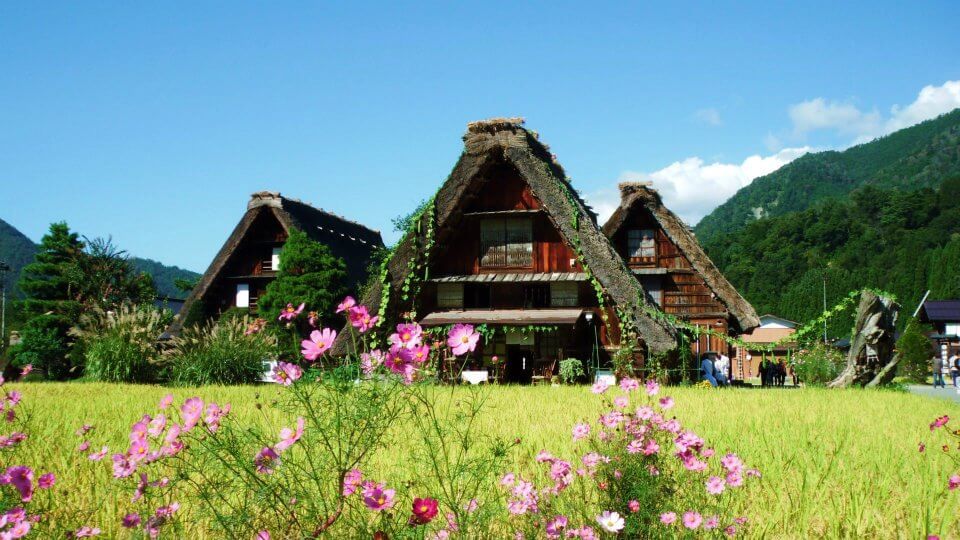
In addition to those homes, many farmhouses are used as restaurants, cafes, shops, museums and guesthouses with a couple of notable shrines and temples. Staying overnight is a tremendous way to enjoy the beautiful setting without the hassle of the crowds in the evening and morning. Easy to get to using the buses from Takayama, Toyama or Kanazawa, allow at least a couple of hours to explore the village with many visitors spending half a day in the area. Admission to the village is free. If driving, expect to pay around JPY1,000 for parking.
Unveil the charm of Ogimachi on our ‘1-Day Tour from Takayama: Explore Scenic Old Japan in Takayama and Shirakawa-go.’ Wander through this enchanting village set amidst alpine beauty, where traditional farmhouses and daily life blend seamlessly.
1 Day Tour
| 1-Day Tour from Takayama: Explore Scenic Old Japan in Takayama and Shirakawa-go | |
|
| |
| Period | All Year Round |
| Time | 09:00 – 18:30 |
| Meeting Place | Takayama Station |
| Adult Rate | ¥20,800 / 22,800 |
| Child Rate | ¥12,000 / 14,000 |

2 / ‘GASSHO-ZUKURI’ FARMHOUSES / all year round
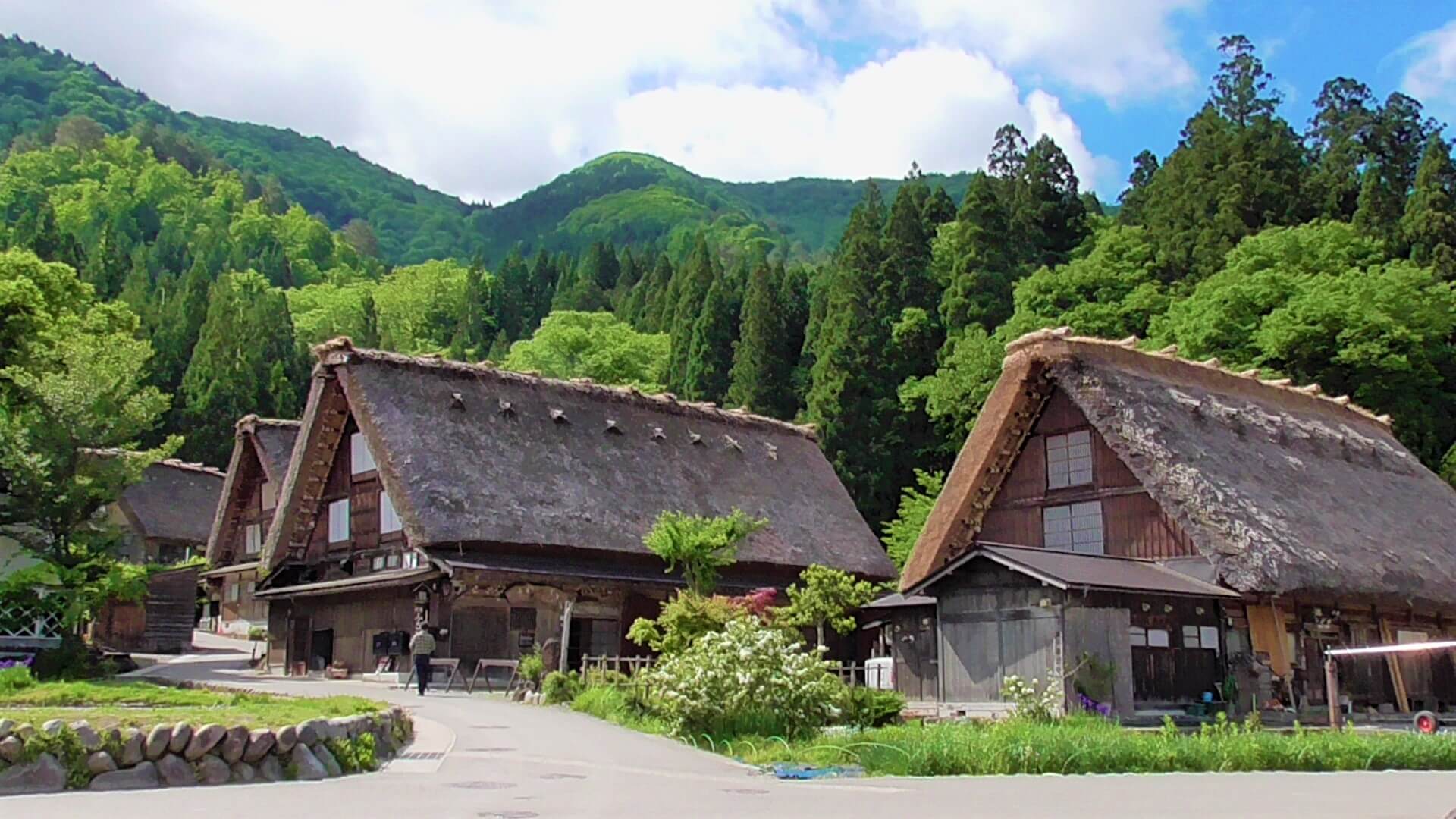
The big attraction in Ogimachi – along with with villages of Suganuma and Ainokura – is of course the ‘gassho-zukuri’ farmhouses. Beautiful in their design, the high-pitched thatch-roofed farmhouses were built to resist heavy snowfall and act as self-contained homes and workshops, for residents to see out the long, testing winter. This ingenuity and the excellent state of preservation of most of the farmhouses is what earned World Heritage-listing for the villages and today, draws thousands of visitors every day.
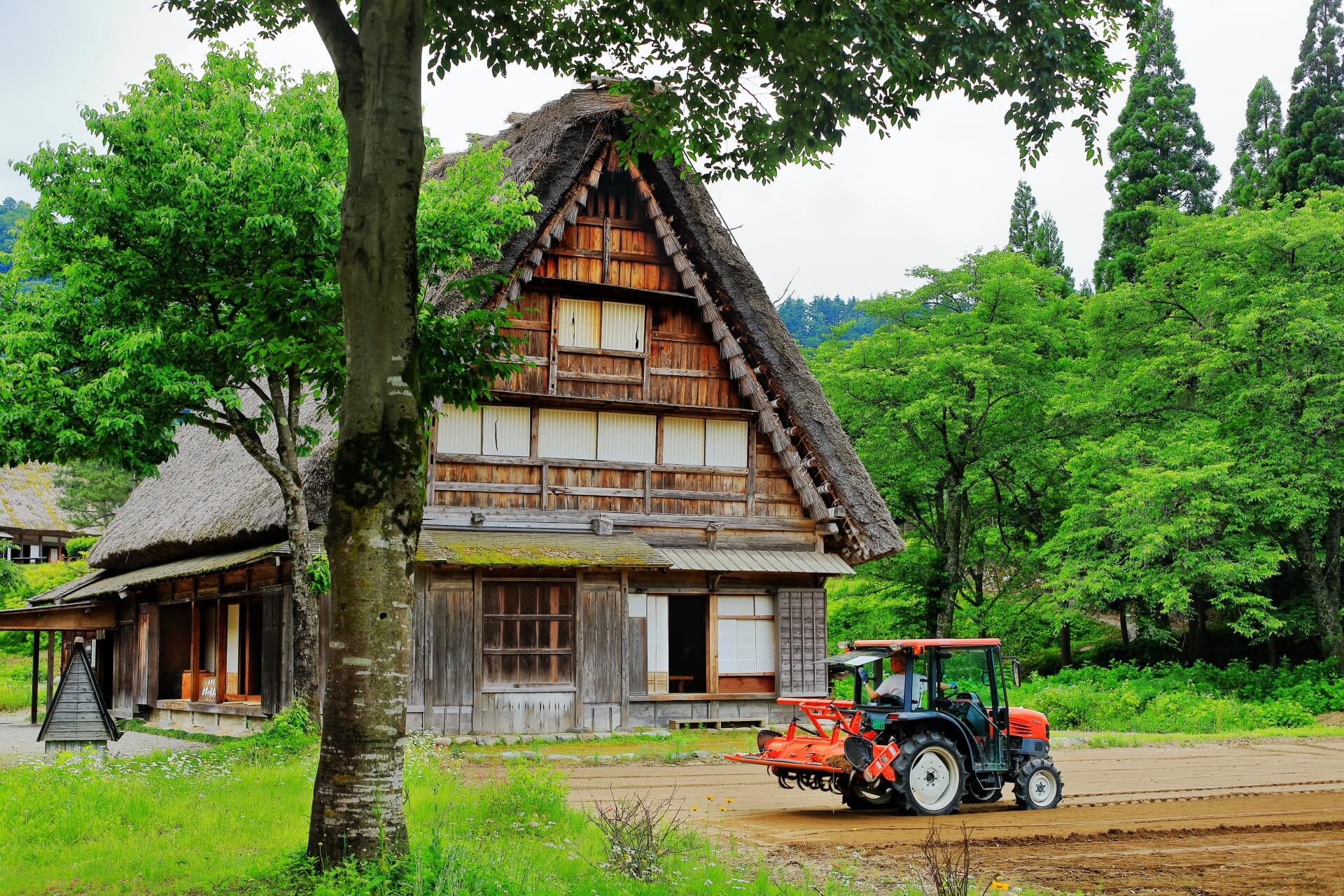
The term ‘gassho-zukuri’ refers to two hands held together in prayer; an act that many people say the design of the roofs reminds them off. The farmhouses can be enjoyed by simply wandering through the villages with many operating as museums, craft shops, restaurants, cafes and guesthouses. It is important to note that many continue their function as private homes with attached farms, so don’t enter them without first checking that you are invited to do so. Please be respectful when moving around the village and do not enter private homes or properties.
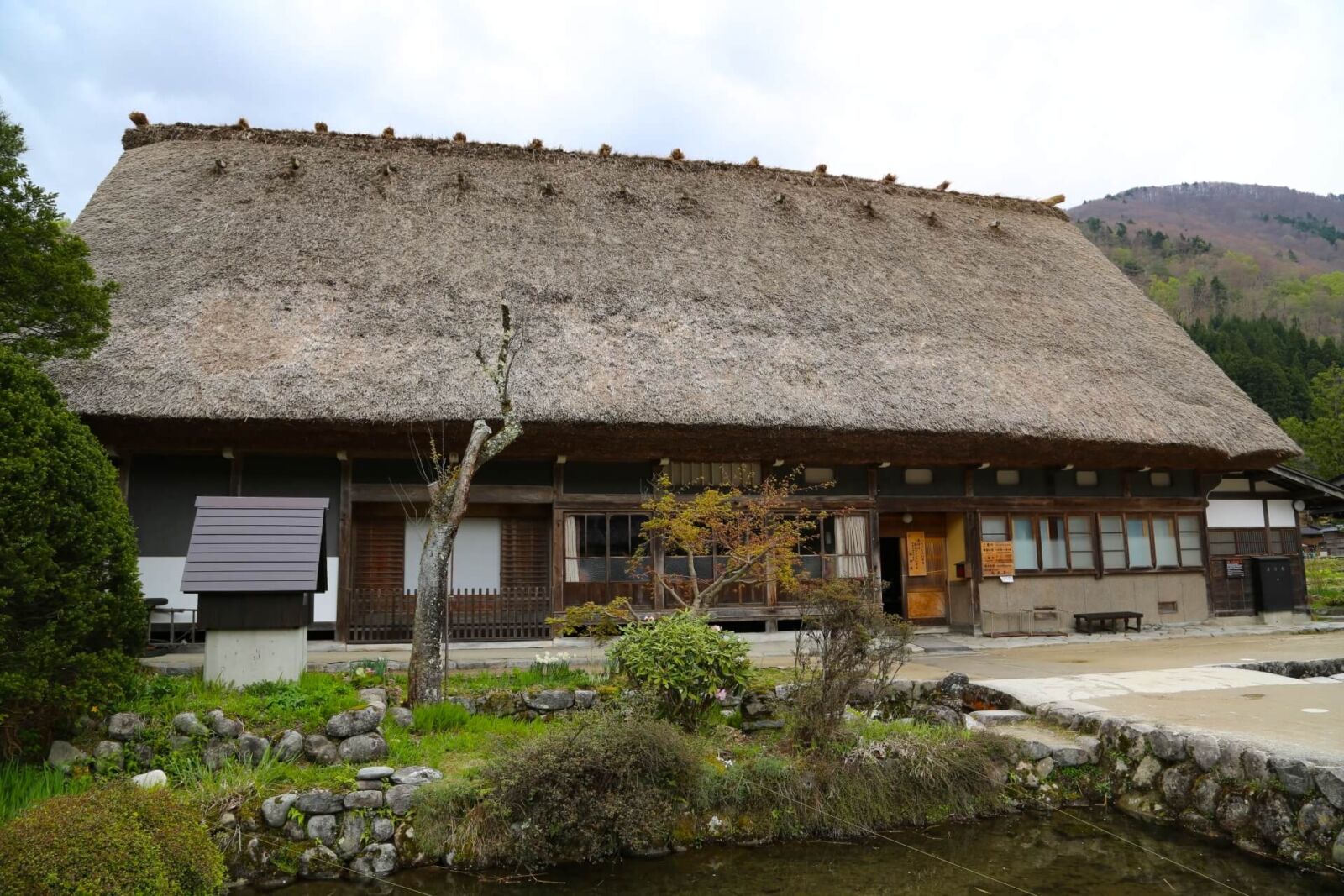
A couple of specific farmhouses are worth visiting. The Wada House – pictured above – is the largest in the village and designated an ‘Important Cultural Property’. During the Edo Period (1603-1868) the Wada family served as the head of village and traded silk and gun powder. While the farmhouse remains a family residence to this day, the second and third floors are open to the public from 09:00 to 17:00 daily. Admission costs JPY300 for adults and JPY150 for children.
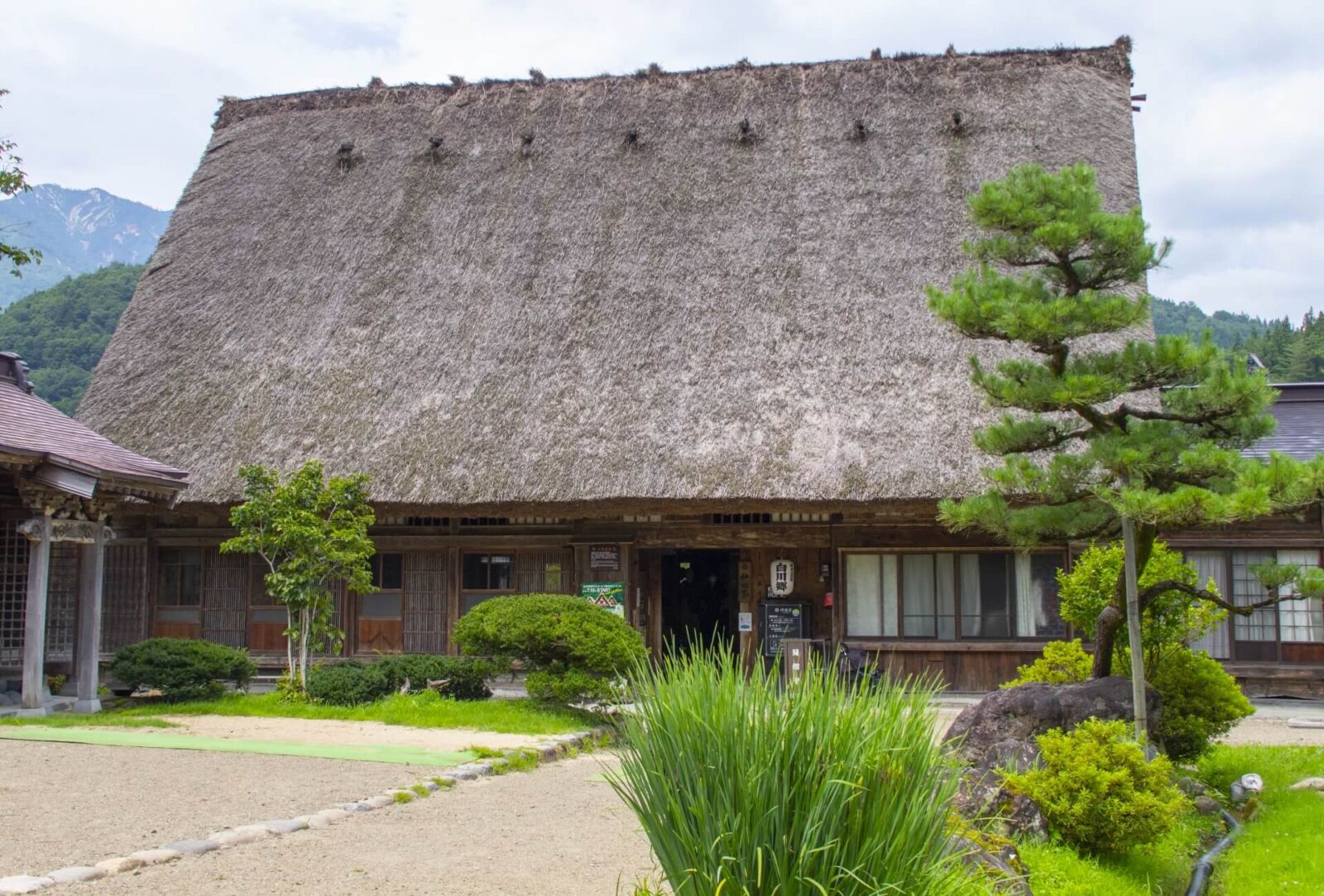
The entire Kanda House – pictured above – is open to the public. Visitors can inspect all areas of the farmhouse, from its first to fourth floor, and get a sense of the ingenuity of design that went into building the beautiful buildings. Open daily from 09:00 to 17:00, admission is JPY300 for adults and JPY150 for children.
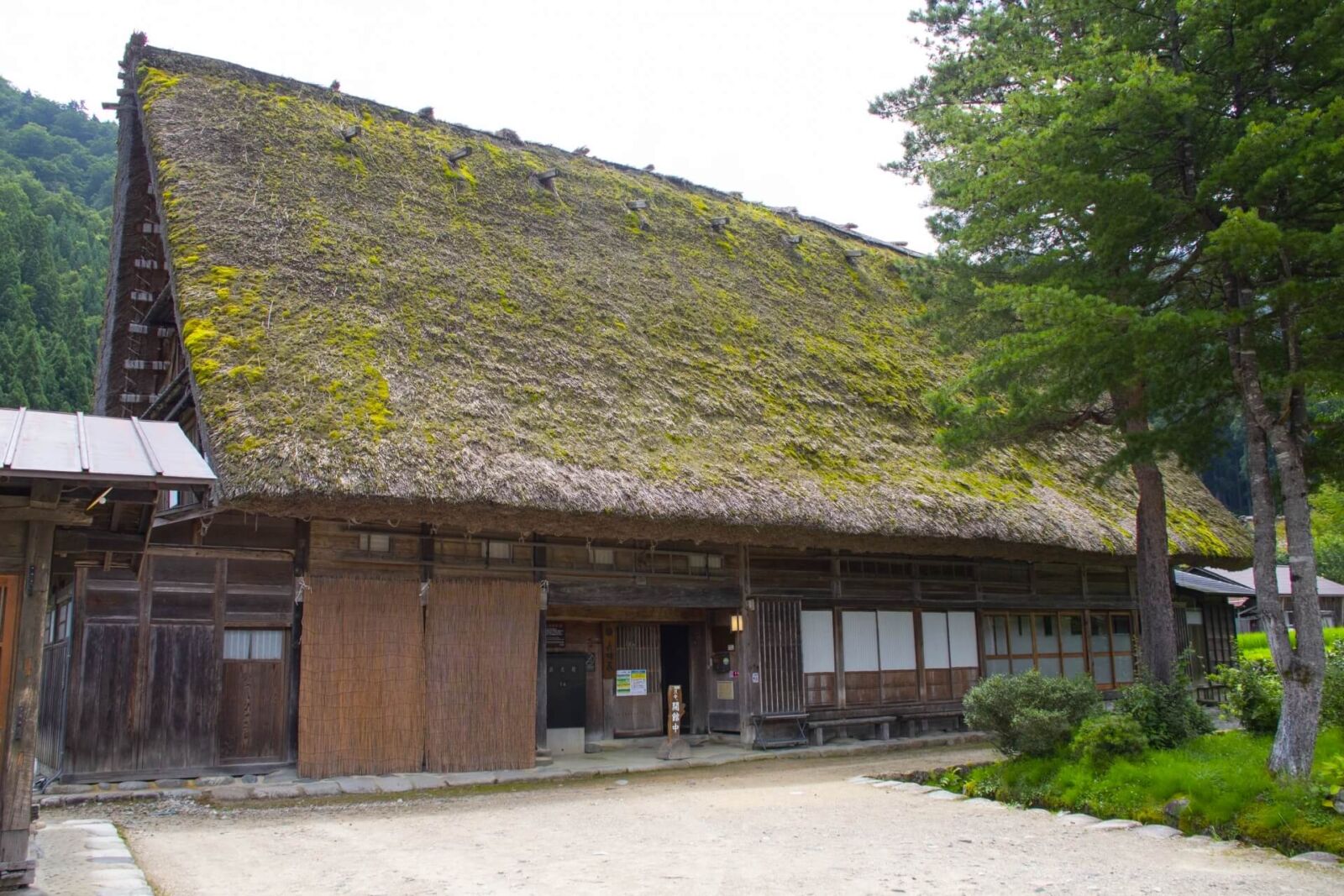
Nagase House – pictured above – is the tallest ‘gassho-zukuri’ farmhouse in Ogimachi. Open daily from 09:00 to 17:00, visitors can inspect all five floors of this especially beautiful farmhouse. Admission costs JPY300 for adults and JPY150 for children.
Explore the iconic ‘gassho-zukuri’ farmhouses, each a symbol of resilience and ingenuity. Visit the Wada, Kanda, and Nagase Houses to step back in time. All with our [FROM TAKAYAMA/KANAZAWA] Private Takayama & Shirakawa-go Tour.
Private Tour
| [START FROM TAKAYAMA] Private Takayama & Shirakawa-go Tour | |
|
| |
| Period | All Year Round |
| Time | 09:00 – Takayama Area |
| Meeting Place | Takayama Station Area |
| Price | ¥159,000 ~ / group |

3 / SHIRAKAWA-GO KAIDO / all year round
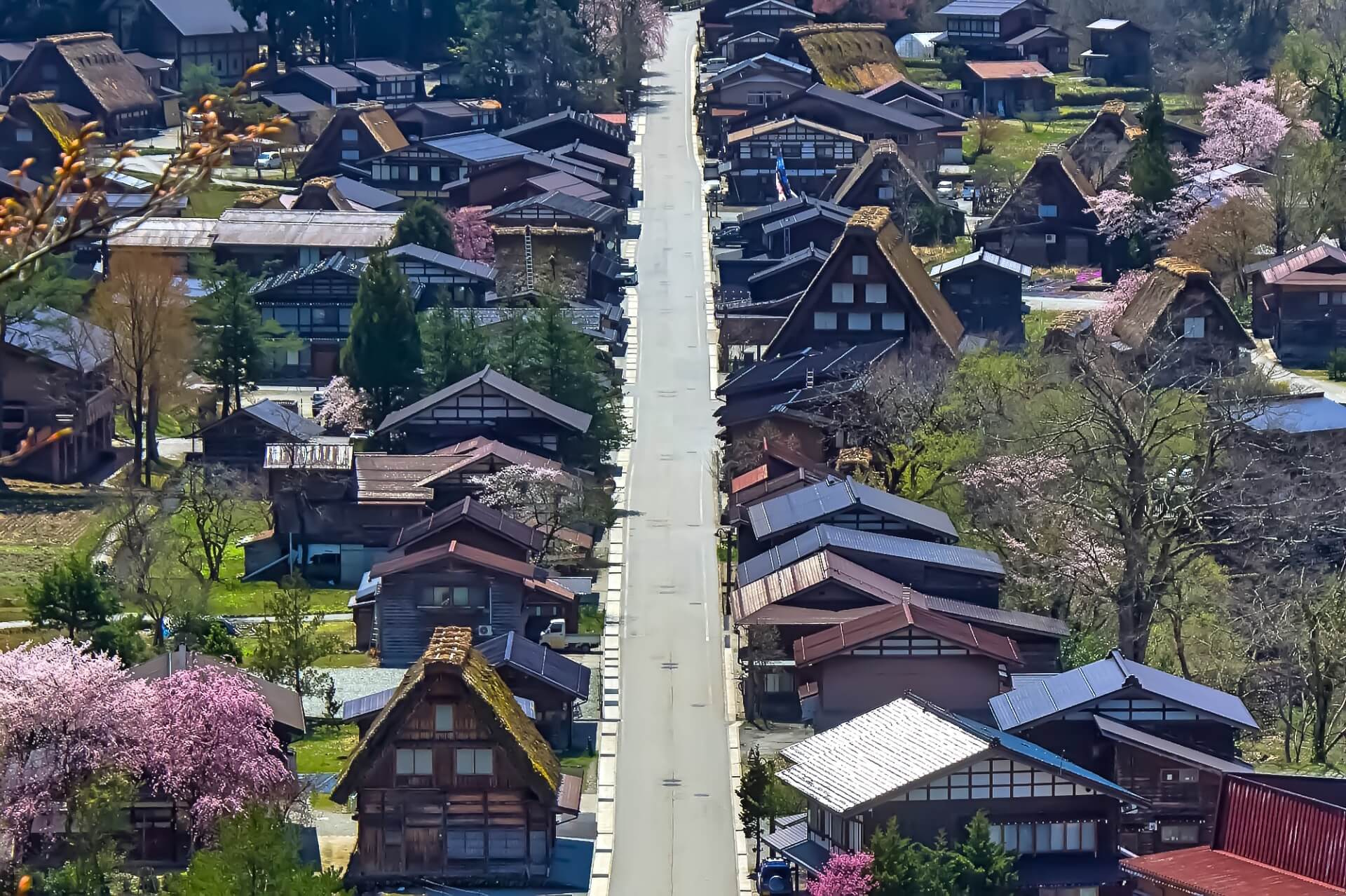
The main street of Ogimachi is known as ‘Shirakawa Kaido’. It runs directly through the village therefore you can’t miss it. Along the street, you will find farmhouses, restaurants, shop and stalls including those selling Hida-gyu (beef) skewers and other local snacks including ‘gohei mochi’. Shirakawa-no-Yu hot spring – open daily / Adults JPY700 & Children JPY300 – is located at the end of the street and makes for a relaxing stop after exploring the village. This is the busiest area of Ogimachi. Walking even a few minutes away from the main street should have you into areas with far fewer visitors.
4 / MYOZEN-JI TEMPLE & MUSEUM / all year round
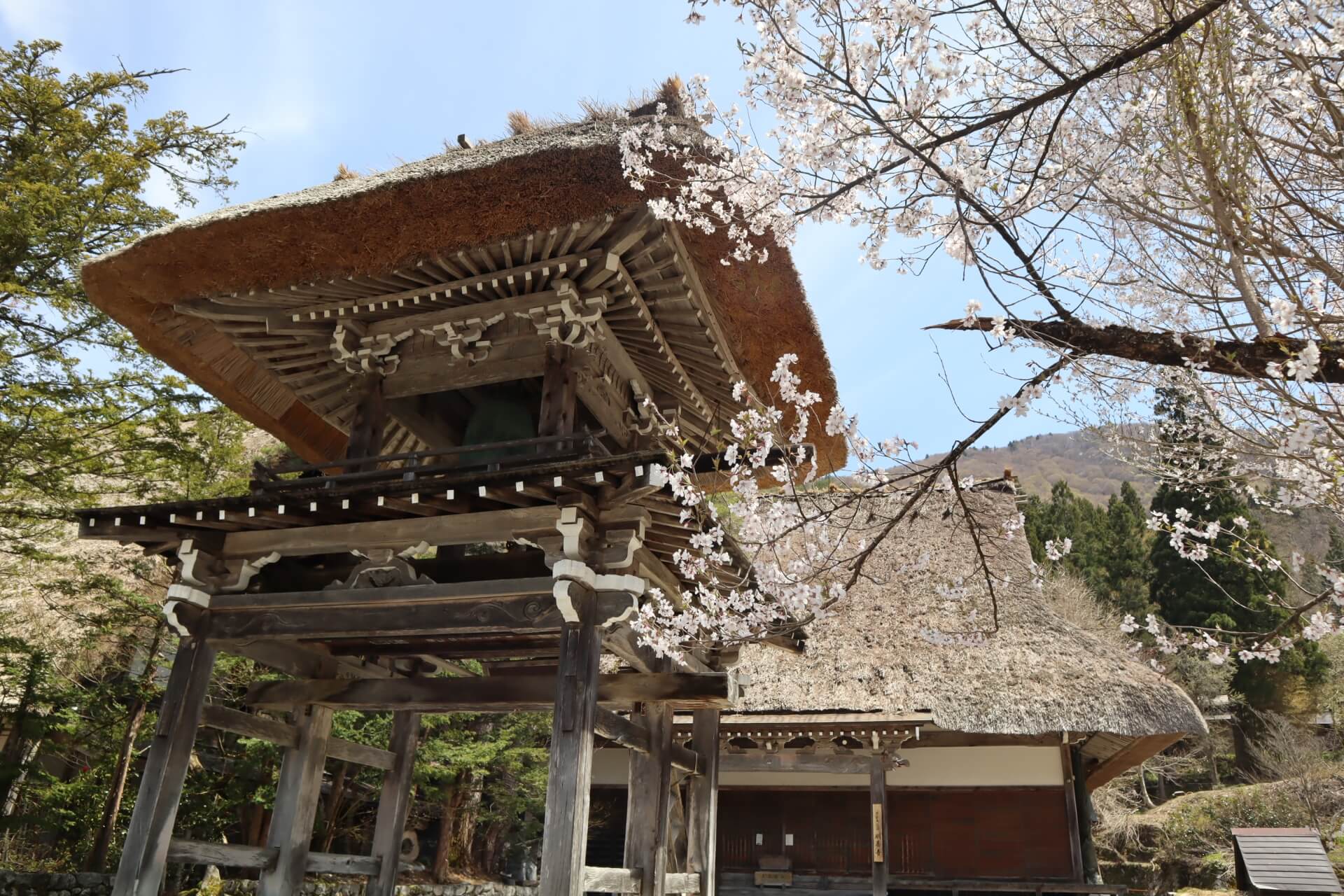
Myozen-ji is the largest temple in the village. The main hall, kitchen and clock tower are constructed using the distinctive ‘gassho-zukuri’ design, making them particularly photogenic. Designated an ‘Important Cultural Property’, the temple is home to largest building in the village. The ‘kuri’ or ‘monk’s residence’ houses a museum profiling the temple’s history and local worship. Open from 08:30 to 17:00 between April and November, and 09:00 to 16:00 between December and March admission is JPY300 for adults and JPY100 for children.
5 / SHIRAKAWA HACHIMAN SHRINE / all year round
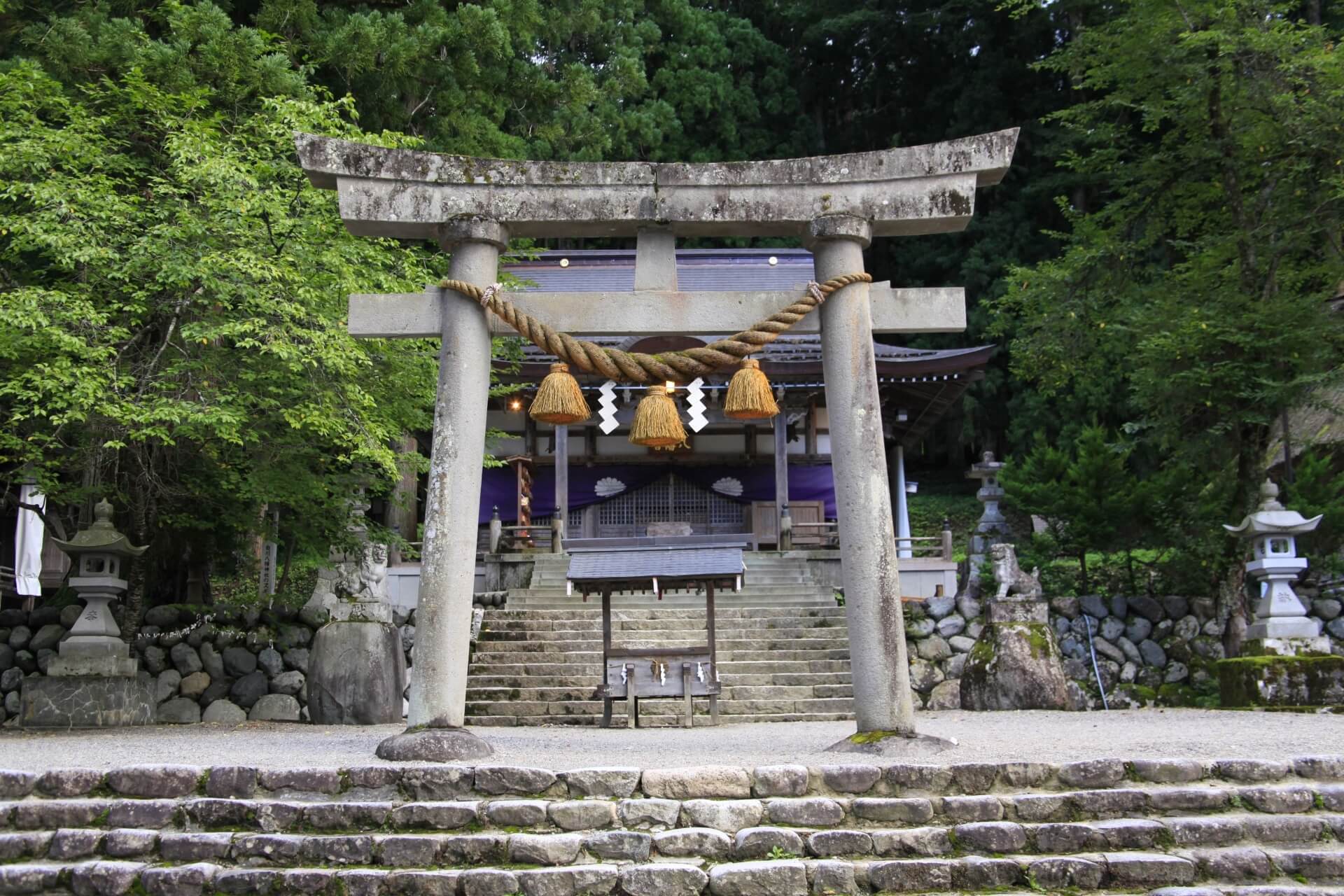
Said to have been founded between 708 to 715, Shirakawa Hachiman Shrine is dedicated to the local deity and plays host to the ‘Doburoku’ Festival on October 14th and 15th every year. The shrine has long played an important role in the life of the village and located a short walk from the main street, you will typically find few visitors in this area allowing you to relax and take some nice photographs. While at the shrine, look-out for an aged cedar tree. Around 200 to 300 years in age, it is considered a natural treasure by local residents.
6 / ENJOY THE LOCAL FOOD / all year round
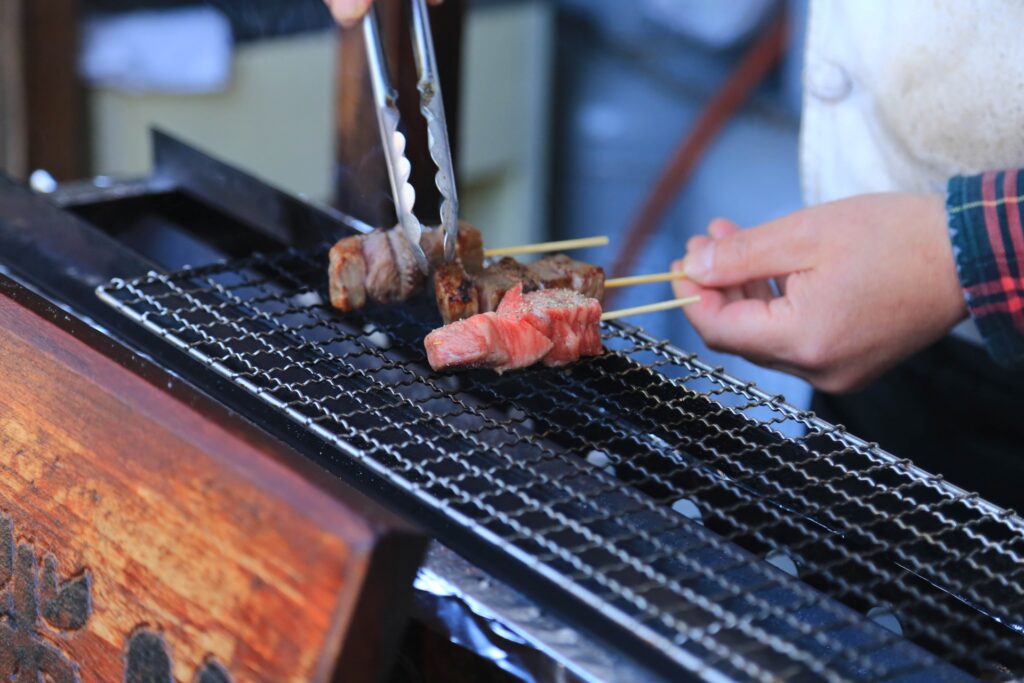
Let’s talk food! Wandering the village is well-suited to grabbing a snack and eating while you explore. While it’s true that Japanese frown upon walking and eating at the same time, you will find lots of snack stalls on the main street, where you can buy some tasty treats and eat them there before moving-on. The area is known for its local Hida beef, which can be enjoyed as skewers or as a ‘croquette’ (crumbed and fried beef and mashed potato). Many restaurants will also have Hida beef on their menus.
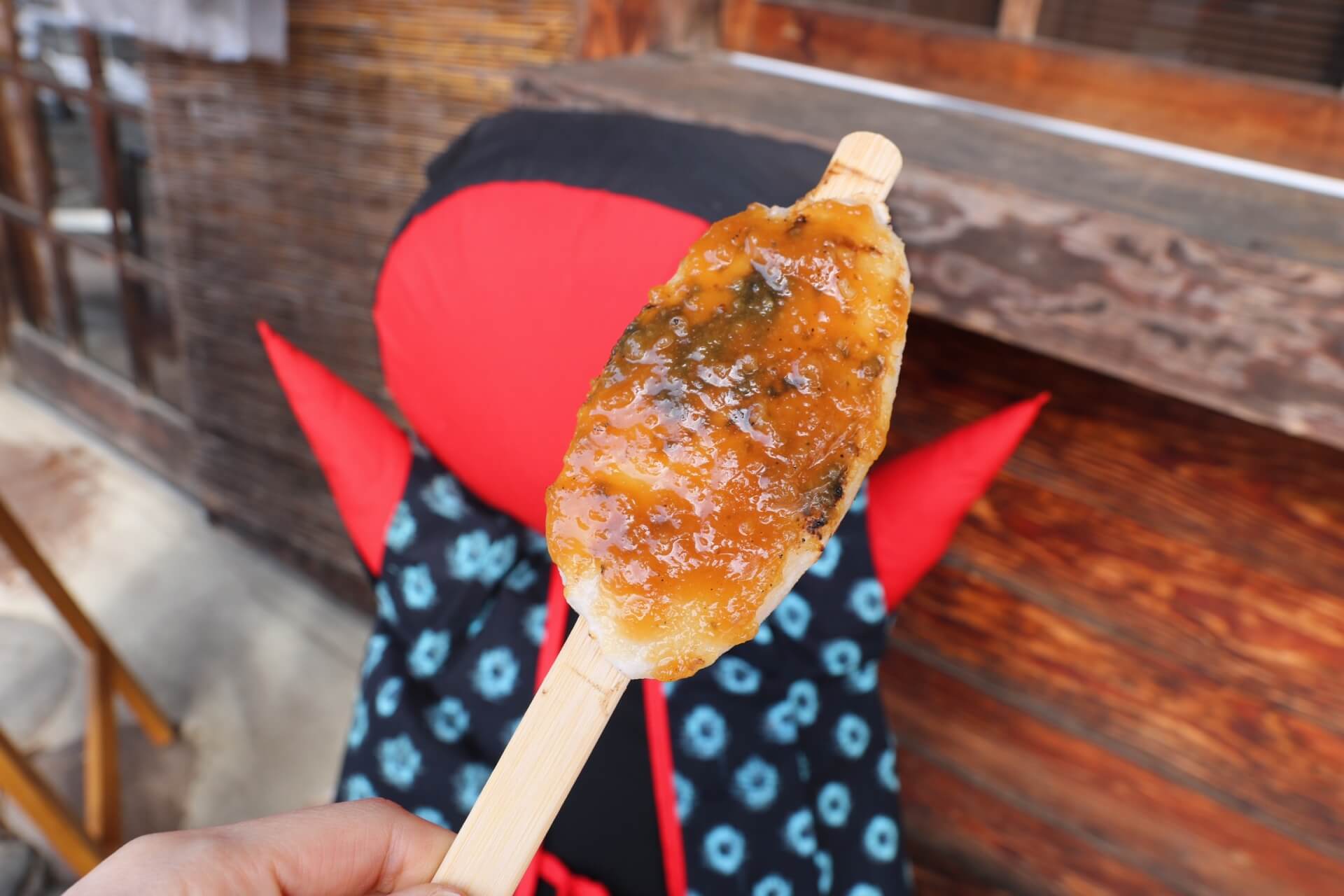
‘Gohei mochi’ is another popular regional cuisine food. Made from pounded rice is coated with a salty-sweet sauce and then grilled on a skewer. The sauce is typically made from ‘miso’ (fermented soy beans), soy sauce and walnuts. Simple but very satisfying, it’s a great snack to enjoy while exploring the village.
7 / BUY LOCAL CRAFT / all year round
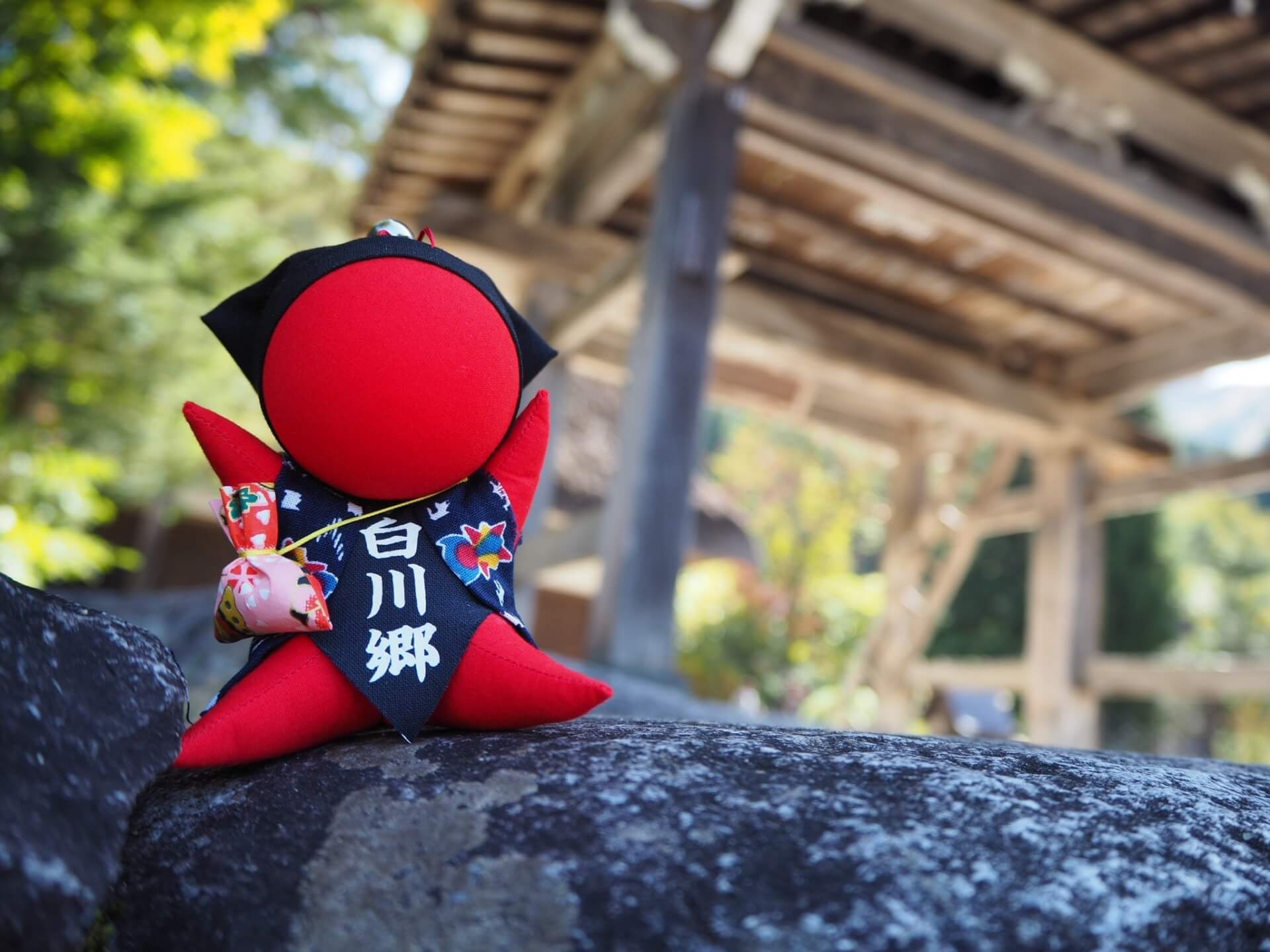
Throughout the three villages making-up the Shirakawa-go and Gokayama grouping, you will find a range of stores selling local craft and other goods. Silk production was a traditional industry in the villages therefore you will find many silk products along with ‘sarubobo’ dolls (pictured above), bamboo craft and other rustic goods. The stores are typically found within farmhouses and easy to spot.
8 / OGIMACHI CASTLE OBSERVATION POINT / all year round

Sitting above Ogimachi village, the Ogimachi Castle Observation Point is located on the former site of Ogimachi Castle – p. From the lookout point you can enjoy a view over the village with the mountains behind. It is around 20-minutes walk from the centre of the village or a 10-minute ride of the shuttle bus circulating through the village.
9 / STAY IN THE VILLAGE OVERNIGHT / all year round
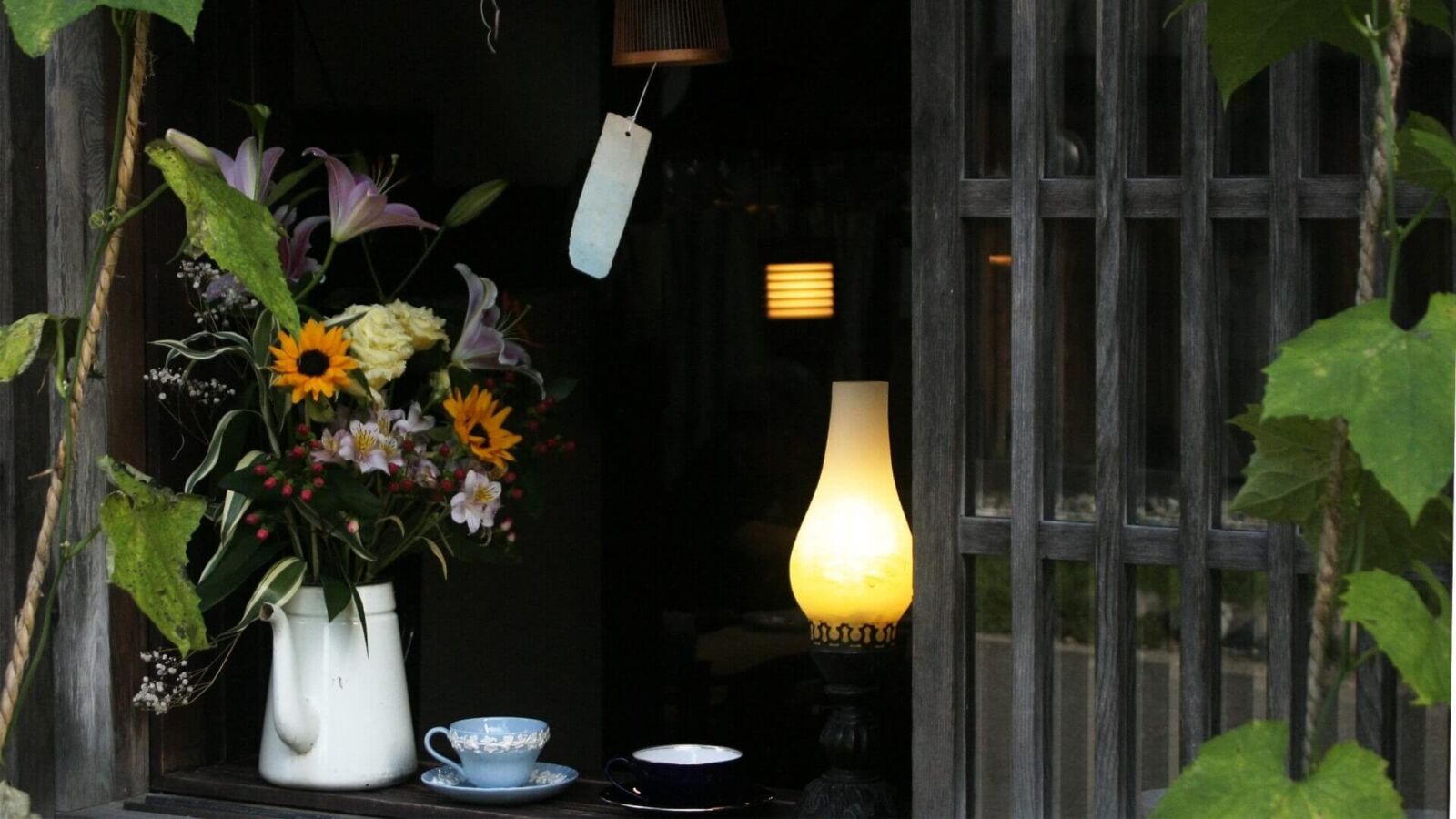
Several of the farmhouses in the village provide accommodation – a great way to enjoy the village in the evening and early morning, without the crowds. As typical ‘minshuku’ (traditional lodgings), the guesthouses are family-run and offer Japanese comforts such as on-floor ‘futon’ bedding and shared bathrooms. There are no restaurants open in the village at night therefore all accommodation comes with both dinner and breakfast service. Serving a traditional Japanese menu, the experience is very popular meaning that guesthouses usually book-out well in advance and prices can be high. For accommodation listings and other nearby options, see our ‘Best Places to Stay In & Around Shirakawa-go’ page.
10 / EXPLORE SUGANUMA (GOKAYAMA) / all year round
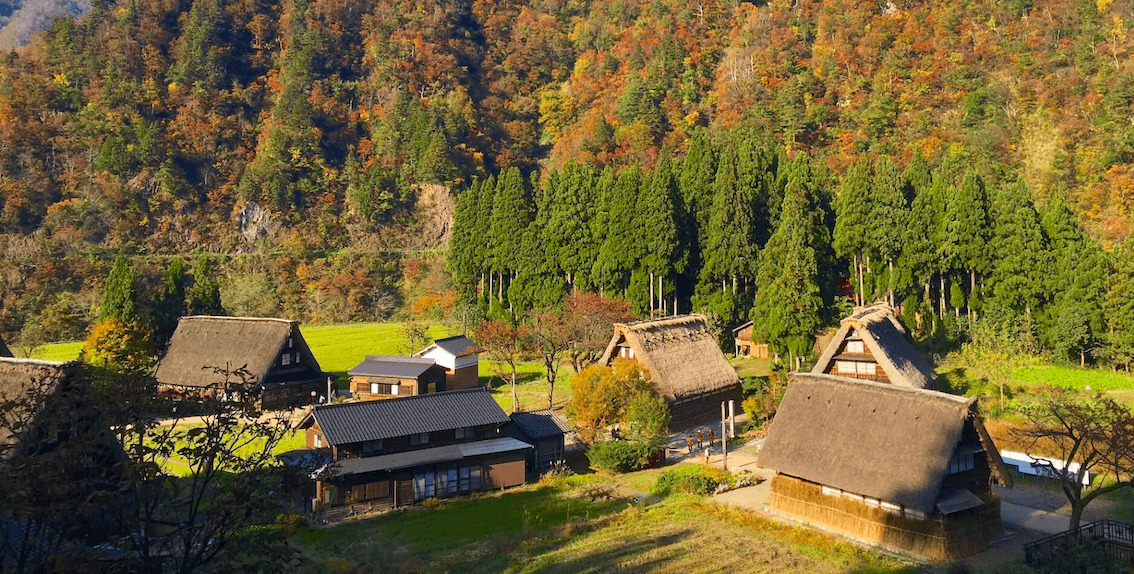
Suganuma is the second of three villages listed under the Shirakawa-go and Gokayama group and is notably smaller than Ogimachi and for that reason, much quieter. It is typically overlooked by large tour groups and a great option should you want to avoid the crowds. Suganuma has only nine ‘gassho-zukuri’ farmhouses with a couple converted to restaurants, museums and guesthouses. There isn’t enough to keep you entertained for more than an hour or two however the village allows for great photography given the absence for crowds. The connected area of ‘Gassho-no-Sato’ is comprised of several relocated houses but they are not open to the public. Admission to the village is free. If driving, expect to pay around JPY500 for parking.
11 / EXPLORE AINOKURA (GOKAYAMA) / all year round
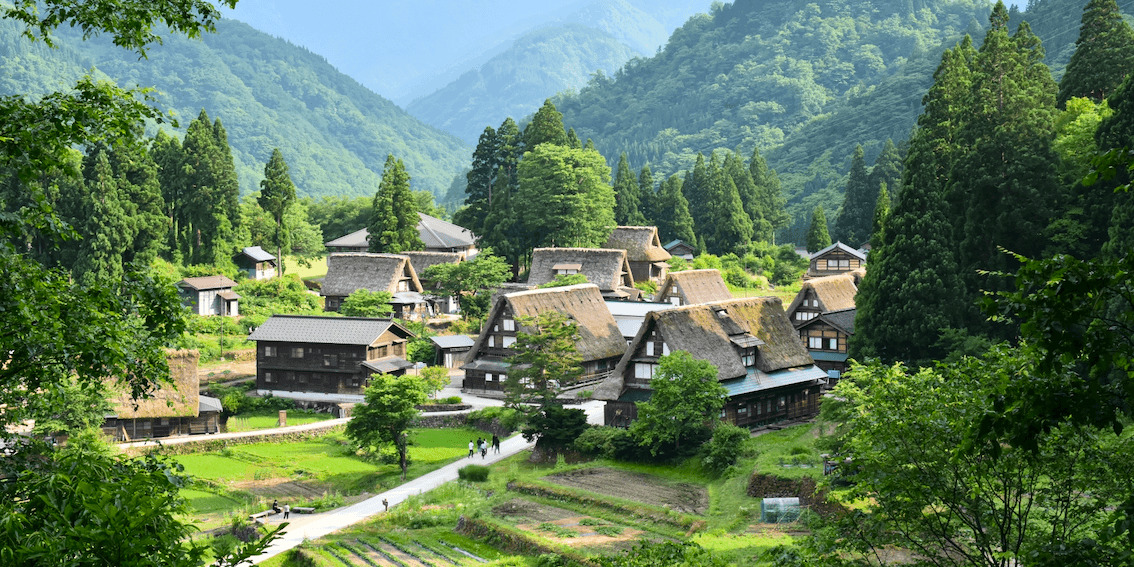
The most remote of the three villages included under the World Heritage listing, Ainokura is home to around twenty farmhouses. Most continue to function as private residences with some converted to restaurants, museums and guesthouses. Much smaller than Ogimachi but notably larger than Suganuma, Ainokura’s remote location means that it is usually quiet and a great option for visitors looking to avoid the crowds but wanting a little more to wander through and explore than is on offer at Suganuma. Photographers will enjoy the absence of other visitors and daily activity of a working rural village. There is plenty to shoot here so take your time and enjoy a couple of hours in the least visited of the three villages. Admission to the village is free. If driving, expect to pay around JPY500 for parking.
12 / VISIT TAKAYAMA / all year round
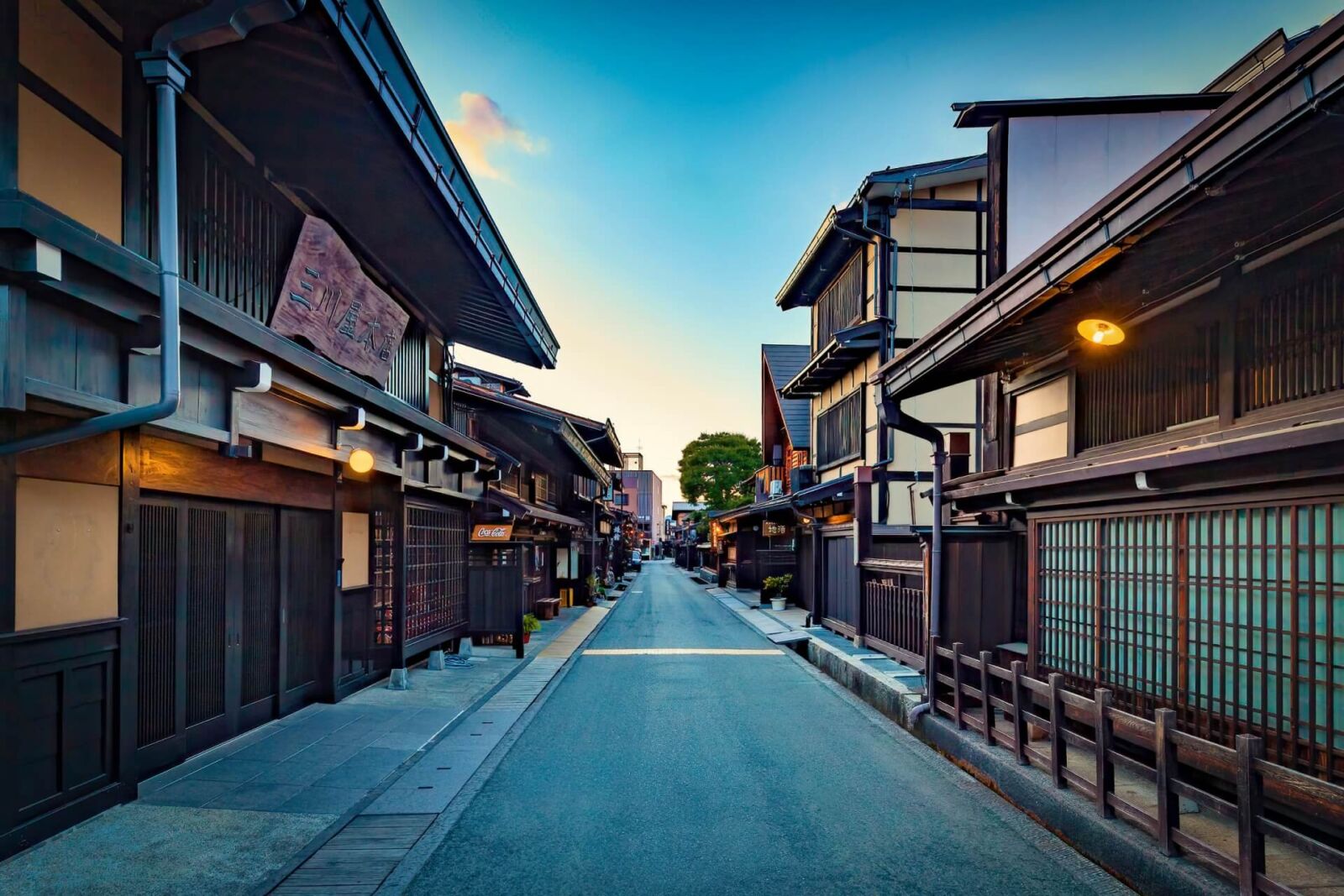
Most visitors heading to Shirakawa-go and Gokayama usually visit only one village – most typically Ogimachi – before heading-on. Unless you are staying overnight, spending between 3 to 4 hours in the village is a good amount of time of take it all in and enjoy a meal at a leisurely pace meaning that a visit to Shirakawa-go can be combined with another activity. Located less than an hour away, many visitors combine their visit to Shirakawa-go with time in Takayama. Home of one of Japan’s best preserved Edo Period old towns, the historic streets of Takayama are full of museums, galleries, craft stores, restaurants, breweries and more. The excellent preservation of the streetscape allows for fantastic photography while a thriving food scene including the region’s renowned Hida beef and Takayama ramen which draw visitors from all over Japan. Frequent buses run from Takayama to Shirakawa-go, making the journey quick and easy. For suggestions of what to do when there, see our ’25 Things To Do Around Takayama & Where To Stay’ page.
2 Day Tour
| 2-Day Snow Monkey Tour: Nagano To Takayama via Matsumoto | |
|
| |
| Period | All Year Round |
| Time | (Day1) 09:35 – 17:35 (Day2) 08:30 – 16:00 |
| Meeting Place | (Day 1) Nagano Station (Day 2) Hotel Kokusai |
| Adult Rate | ¥88,000 |
| Child Rate | ¥70,000 |

13 / VISIT KAMIKOCHI / April to November
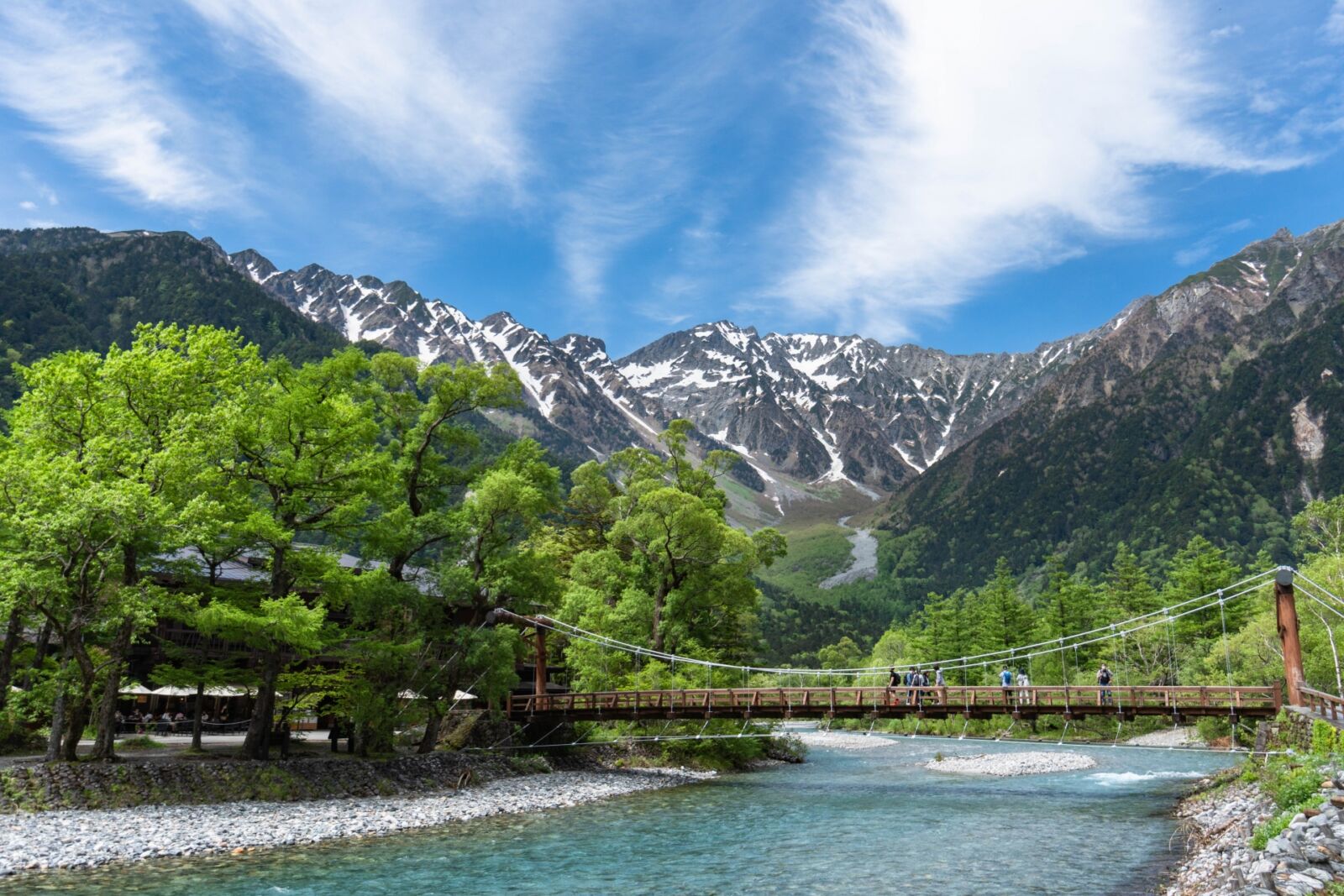
Lying around an hour to the east of Takayama, the alpine valley of Kamikochi is one of Central Japan’s most rewarding experiences. Situated in the Chubu Sangaku National Park, Kamikochi is a pristine and beautiful alpine valley open to the public from mid-April until mid-November each year. The valley follows the Azusa River while some of Japan’s tallest mountain peaks rise to over 3000 meters above. From the Kamikochi Bus Terminal, walking trails span-out along the valley – suitable to anyone of reasonable fitness – before more advanced hiking and mountaineering trails lead into the mountains. Considered the jewel of the Chubu Sangaku National Park, visiting Kamikochi is one of Central Japan’s most memorable experiences – a truly special place of natural and spiritual importance. For suggestions of what’s on offer there, see our ’15 Things To Do In Kamikochi & Where To Stay’ page.
1 Day Tour
| (Seasonal) 1-Day Tour from Takayama: Alpine Splendor – Shinhotaka Ropeway and Kamikochi | |
|
| |
| Period | April – November |
| Time | 09:00 – 18:00 |
| Meeting Place | Takayama Station |
| Adult Rate | ¥27,800 |
| Child Rate | ¥14,900 |

1 Day Tour
| 1-Day Tour from Nagano and Matsumoto: Kamikochi & Matsumoto Castle | |
|
| |
| Period | April to November |
| Time | 08:15 – 18:30 |
| Meeting Place | Nagano Station Matsumoto Station |
| Adult Rate | ¥23,800 |
| Child Rate | ¥11,900 |

14 / VISIT TOYAMA / all year round
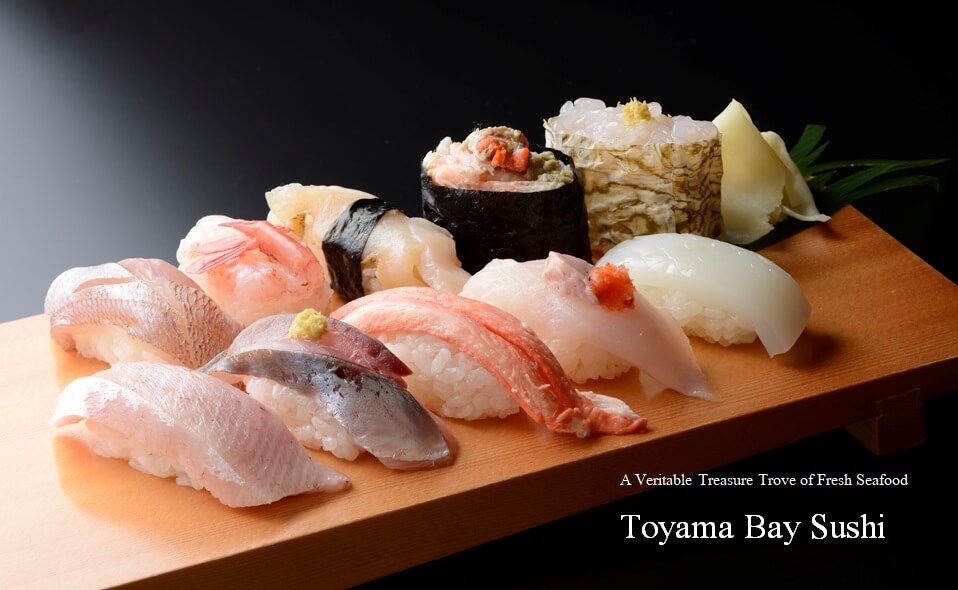
Sitting to the north of Shirakawa-go and connected by direct bus services, the coastal city of Toyama is located nearby Toyama Bay – a region known throughout Japan for its fantastic seafood. One of the great pleasures of visiting the city is indulging in that seafood, best experienced at the seafood markets on the coast or at one of the many seafood restaurants dotted throughout the city. Toyama is a modern and youthful city worth exploring for a day before moving-on on your journey around Japan. For suggestions of what to do while there, see our ’25 Things To Do Around Toyama & Where To Stay’ page.
15 / VISIT KANAZAWA / all year round
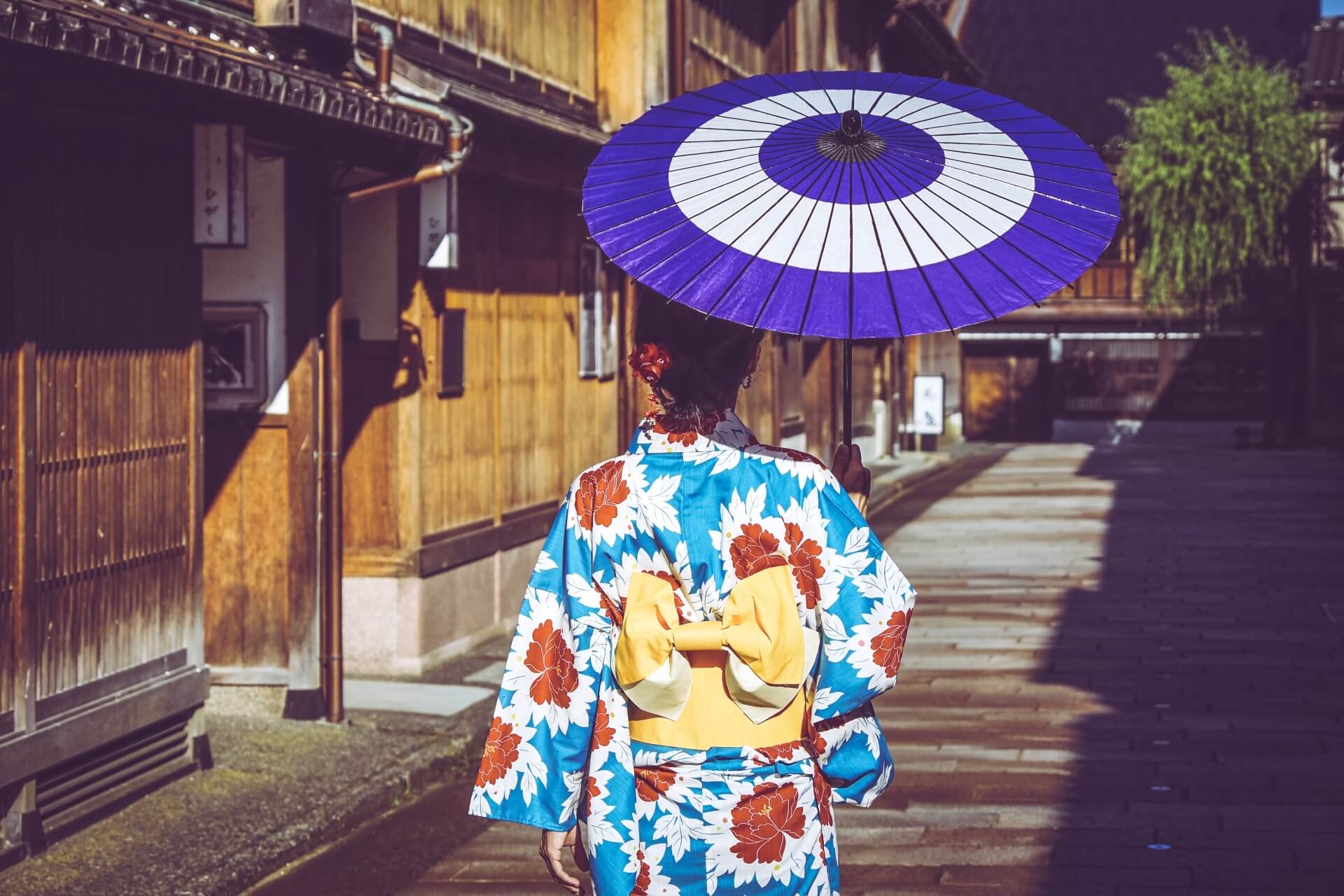
As the northern terminus on the Hokuriku Shinkansen line and Limited Express Thunderbird service, Kanazawa is a popular stop enroute from Tokyo to Kyoto and Osaka (or the reverse itinerary). Buses run direct from Kanazawa Station to and from Ogimachi making it a convenient location from where to visit Shirakawa-go. One of the most historic and enjoyable cities in Japan, Kanazawa is well-suited to a multi-day visit combining the many attractions of the city with nearby regional highlights. From its historic attractions and districts to its excellent galleries, museums, shopping and dining, visitors tend to fall in love with Kanazawa and wish they’d allowed more time in their schedule to explore all it has to offer. For suggestions of some of the best things on offer there, see our ’25 Things To Do Around Kanazawa & Where To Stay’ page.
1 Day Tour
| 1-Day Tour from Kanazawa: Samurai, Matcha, Gardens and Geisha | |
|
| |
| Period | All Year Round |
| Time | 09:00 – 17:30 |
| Meeting Place | Kanazawa Station |
| Adult Rate | ¥17,800 |
| Child Rate | ¥11,000 |

BEST TOURS AND ITINERARIES IN TAKAYAMA & SHIRAKAWA-GO
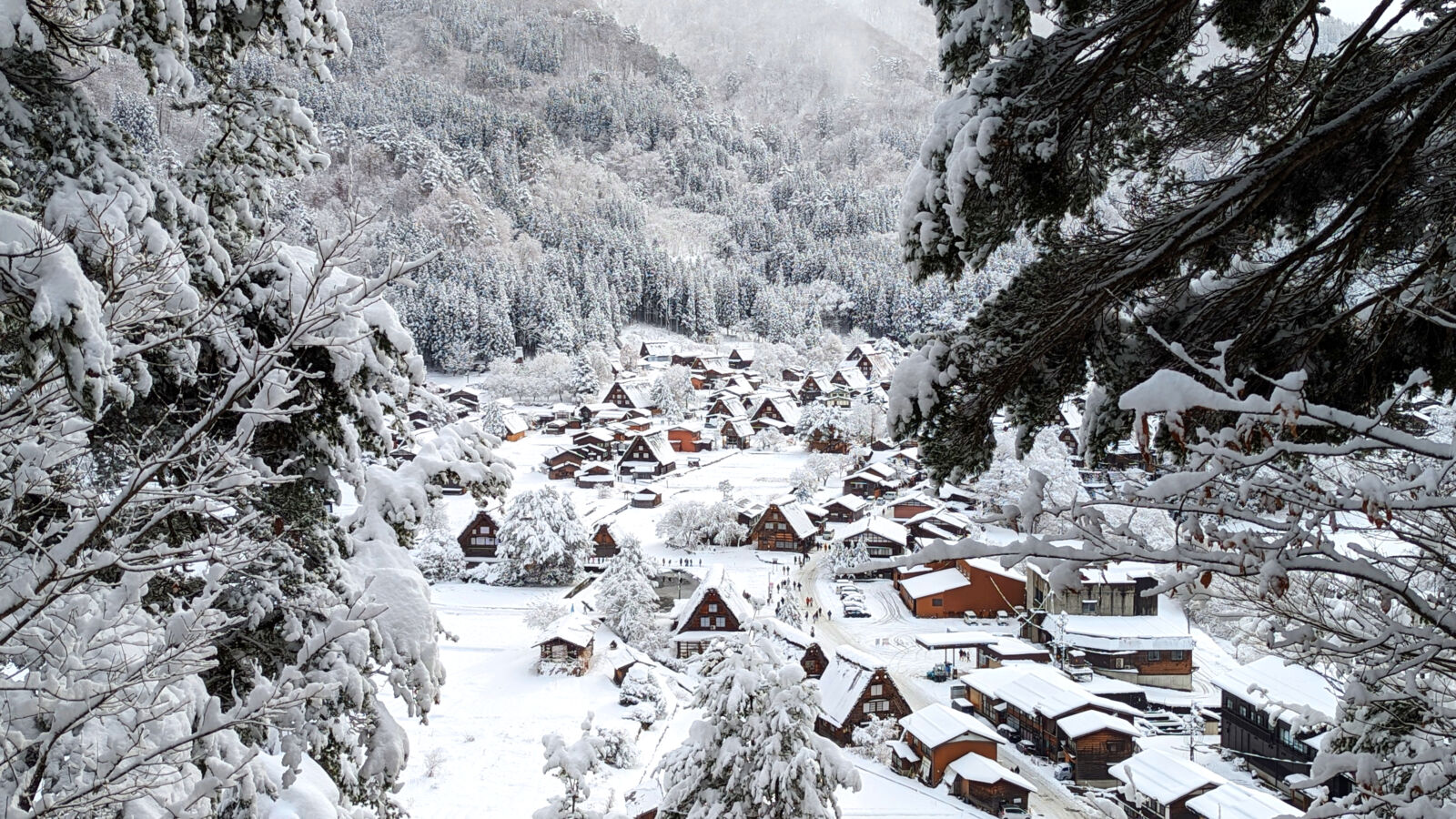
Explore the best of what Takayama and Shirakawa-go have to offer with our best tours and itineraries, meticulously designed to showcase the regions’ cultural richness and natural beauty. Delve into the heart of Takayama’s historic charm, wandering through its well-preserved, Edo-period streets, or experience the idyllic tranquility of Shirakawa-go, a village famed for its traditional gassho-zukuri farmhouses. Our expertly curated experiences provide insightful guided tours, exclusive activities, and a deep dive into the local cuisine, ensuring a comprehensive exploration of these iconic destinations. Whether your passion lies in history, nature, or culture, our wide array of itineraries caters to every interest, offering a personalized journey into the essence of these enchanting locales. Embark on an unforgettable adventure with our top-rated tours and itineraries, and immerse yourself in the captivating beauty and enduring traditions of Takayama and Shirakawa-go. To discover the full range of unique adventures we offer, visit our Best Tours and Itineraries in Takayama and Shirakawa-go page.
WHERE TO STAY WHEN VISITING SHIRAKAWA-GO?
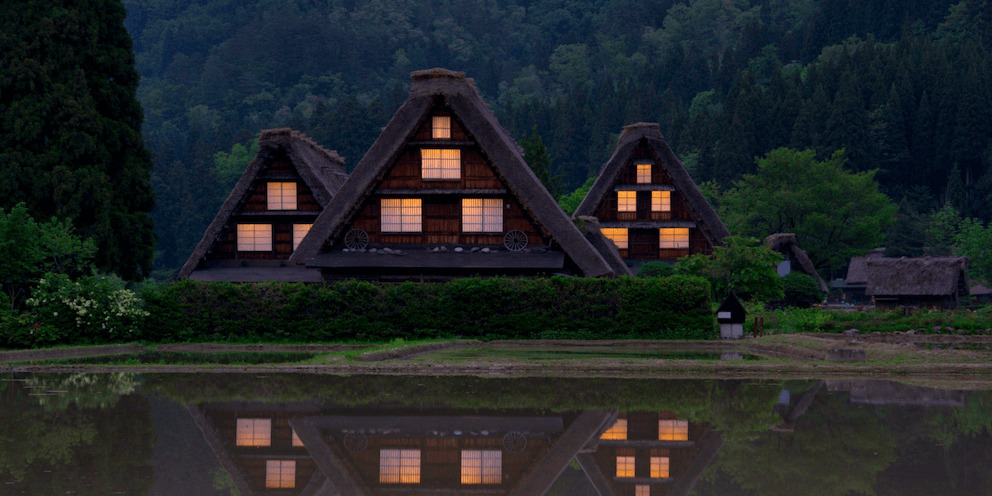
Across the three villages making-up Shirakawa-go and Gokayama, multiple farmhouses have been converted to serve as accommodation. Operated by local families, staying in one of the farmhouses offers the chance to enjoy a traditional ‘minshuku’ lodging including dinner and breakfast service. Always popular, guesthouses often book-out well in advance and prices can be high. This style of accommodation won’t be suited to everyone given it is likely to require you to sleep an on-floor ‘futon’ and use shared bathroom facilities with other guesthouses. As such, staying in nearby Takayama offers a larger range of accommodation – including both traditional and Western-style hotels and guesthouses – along with lots of great dining options, while Toyama and Kanazawa are also within easy reach, allowing you to enjoy Shirakawa-go as a day-trip. Our ‘Best Places to Stay In & Around Shirakawa-go’ page provides information about the most convenient areas to stay, what to expect and links to accommodation listings.
HOW TO GET TO SHIRAKAWA-GO
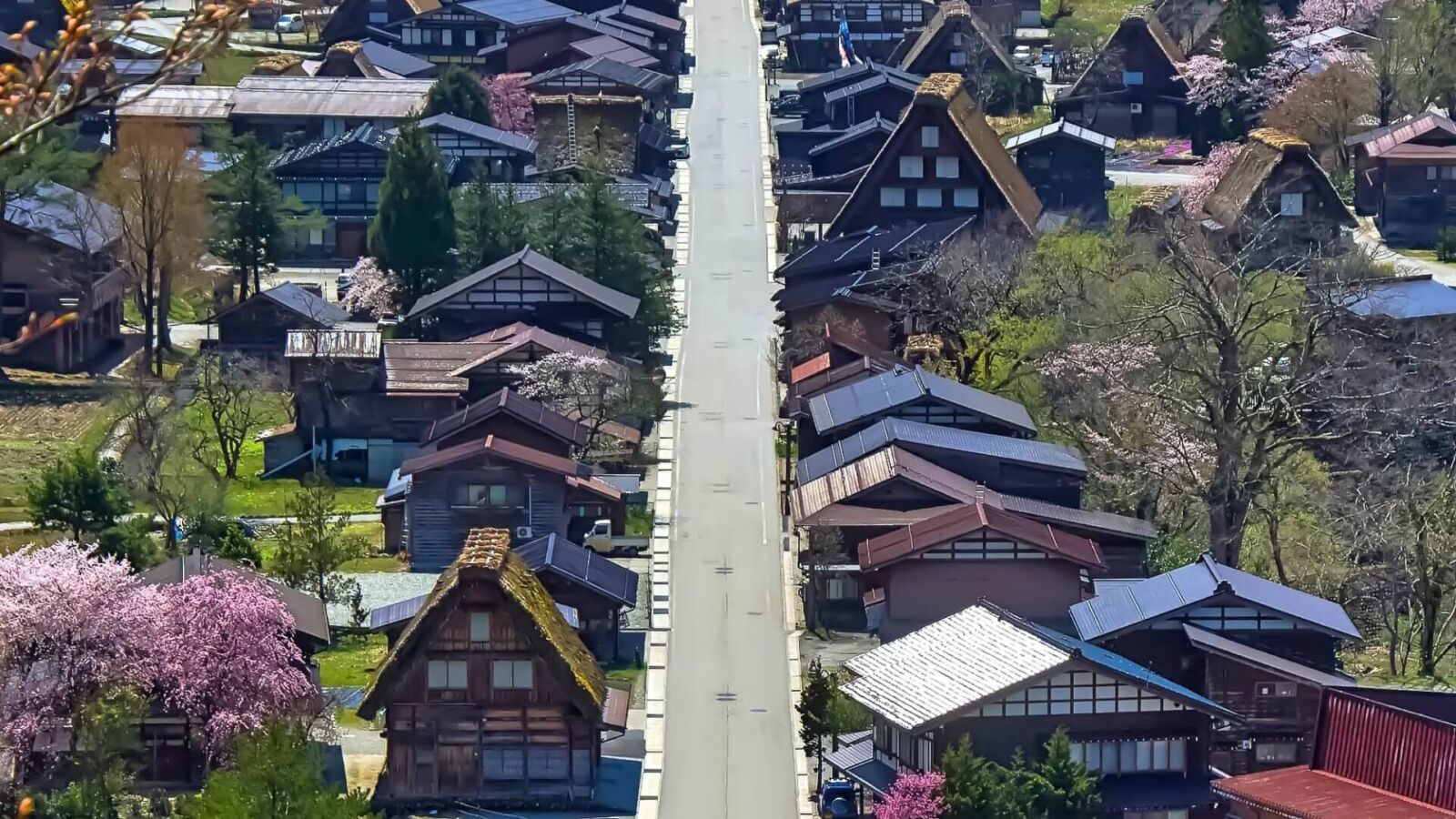
Shirakawa-go can be reached using bus services from Takayama, Toyama and Kanazawa or for visitors wanting to drive themselves, is also easy to reach using the expressway. For information on how to get there from those starting points and beyond, see our ‘How to Get to Shirakawa-go’ page.
BOOK WITH US! NAGANO’S NO.1 TOUR & CHARTER OPERATOR
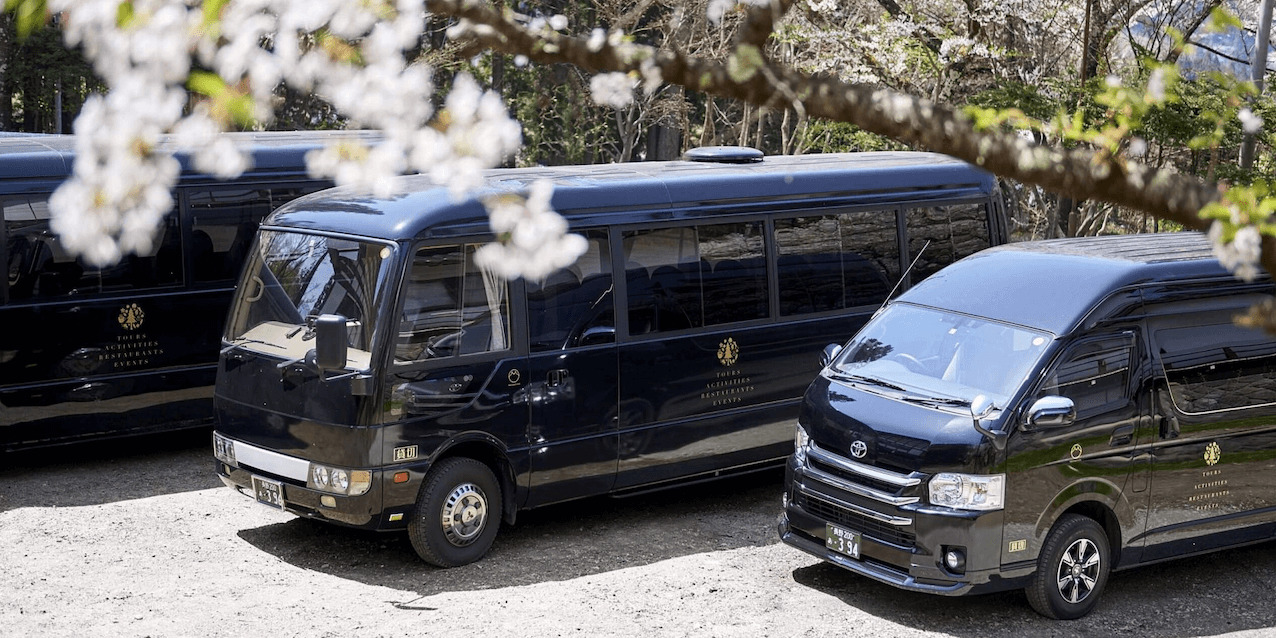

Central Japan offers many, many reasons to visit. Operating all year round, we are Nagano’s No.1 tour and charter operator, offering a range of services including group tours, private tours and charters. We can arrange transport including a private vehicle and driver to transport you to, from and between any destinations in the region.
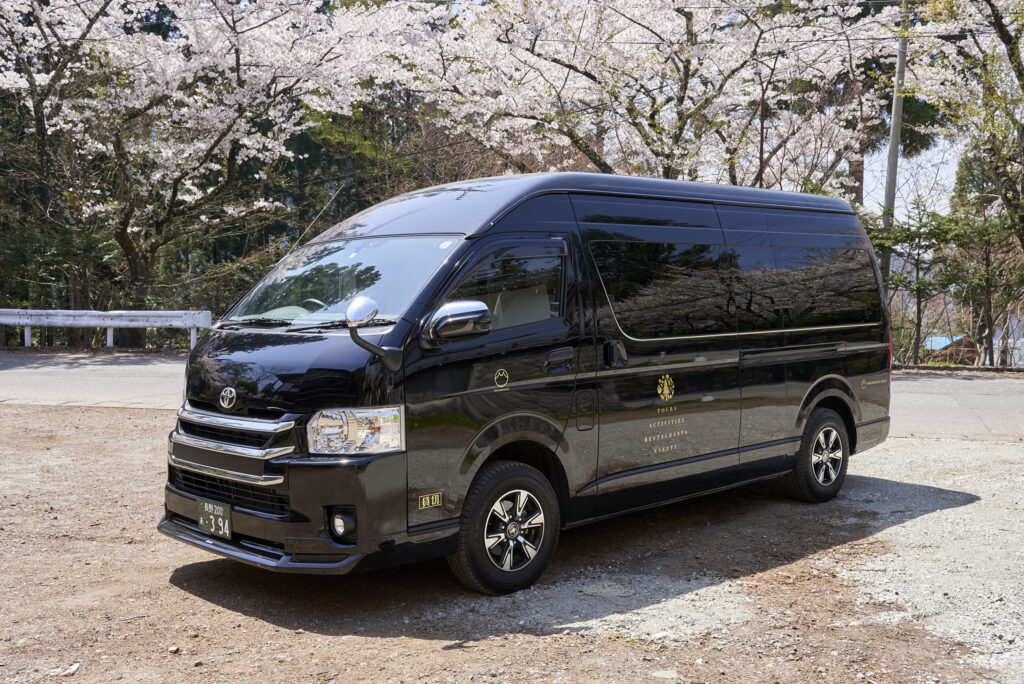
Our drivers and vehicles are fully certified, allowing us to transport you to and from your preferred destinations in combination with any activity that suits your schedule. All vehicles are fitted with a protective screen – separating the driver from passenger and luggage area – and our drivers wear protective masks, allowing you to move between your destinations in comfort and safety.

We can arrange both private tours with an English-speaking guide or a private charter, including a private vehicle and driver but without a guide. We’d love to be part of your adventure in Central Japan and help you discover even more!
Why choose us?
Awarded a 2022 TripAdvisor Travelers’ Choice Award for our 1-Day Snow Monkeys, Zenko-ji Temple & Sake Tour – recognised as one of the Top 10 Experiences in Japan – we have the local knowledge and experience to help you get the most out of your time in Nagano.
Got a question about visiting Shirakawa-go and Central Japan? Click the INQUIRY button below or contact us and let’s get planning together!



